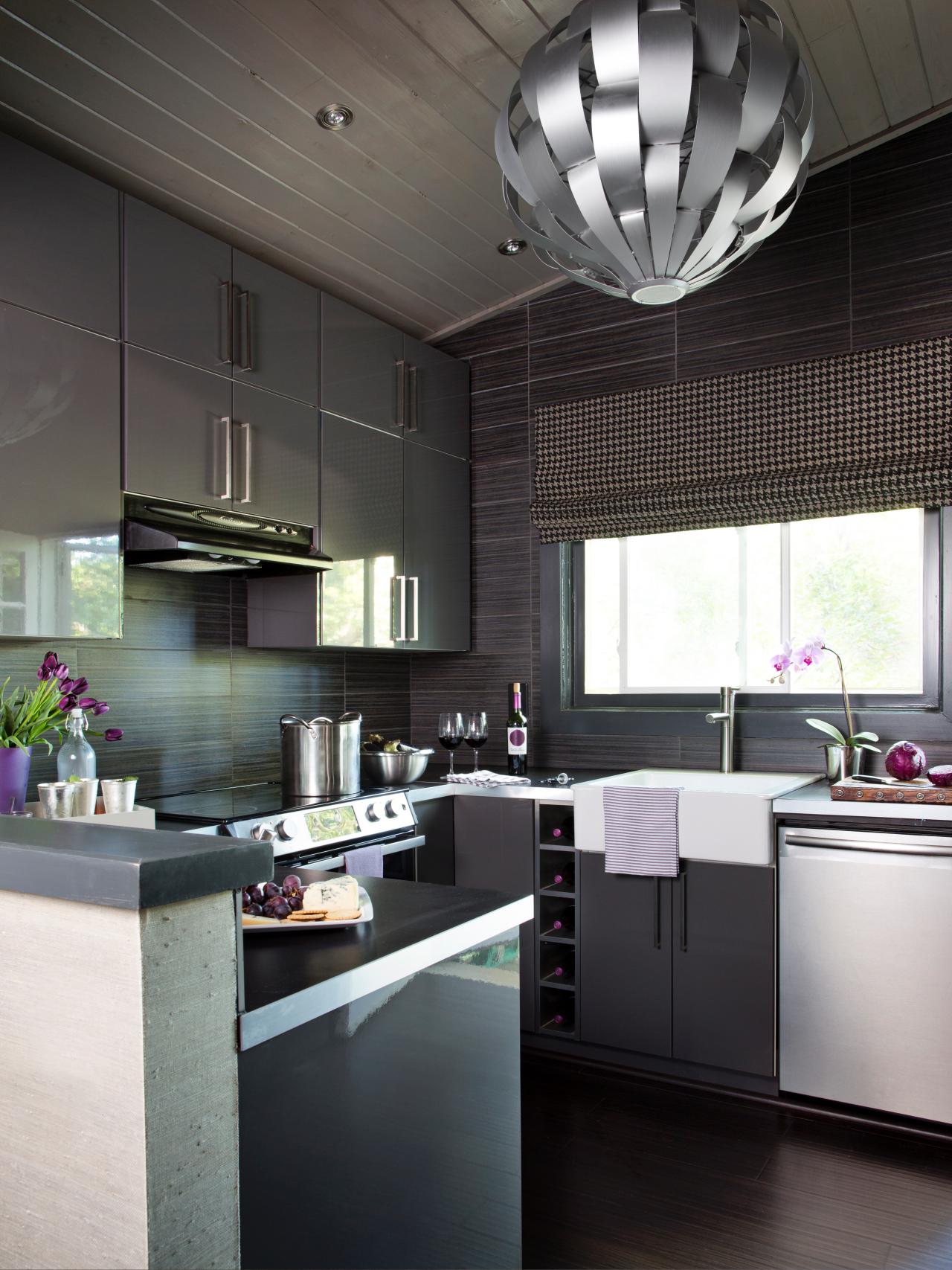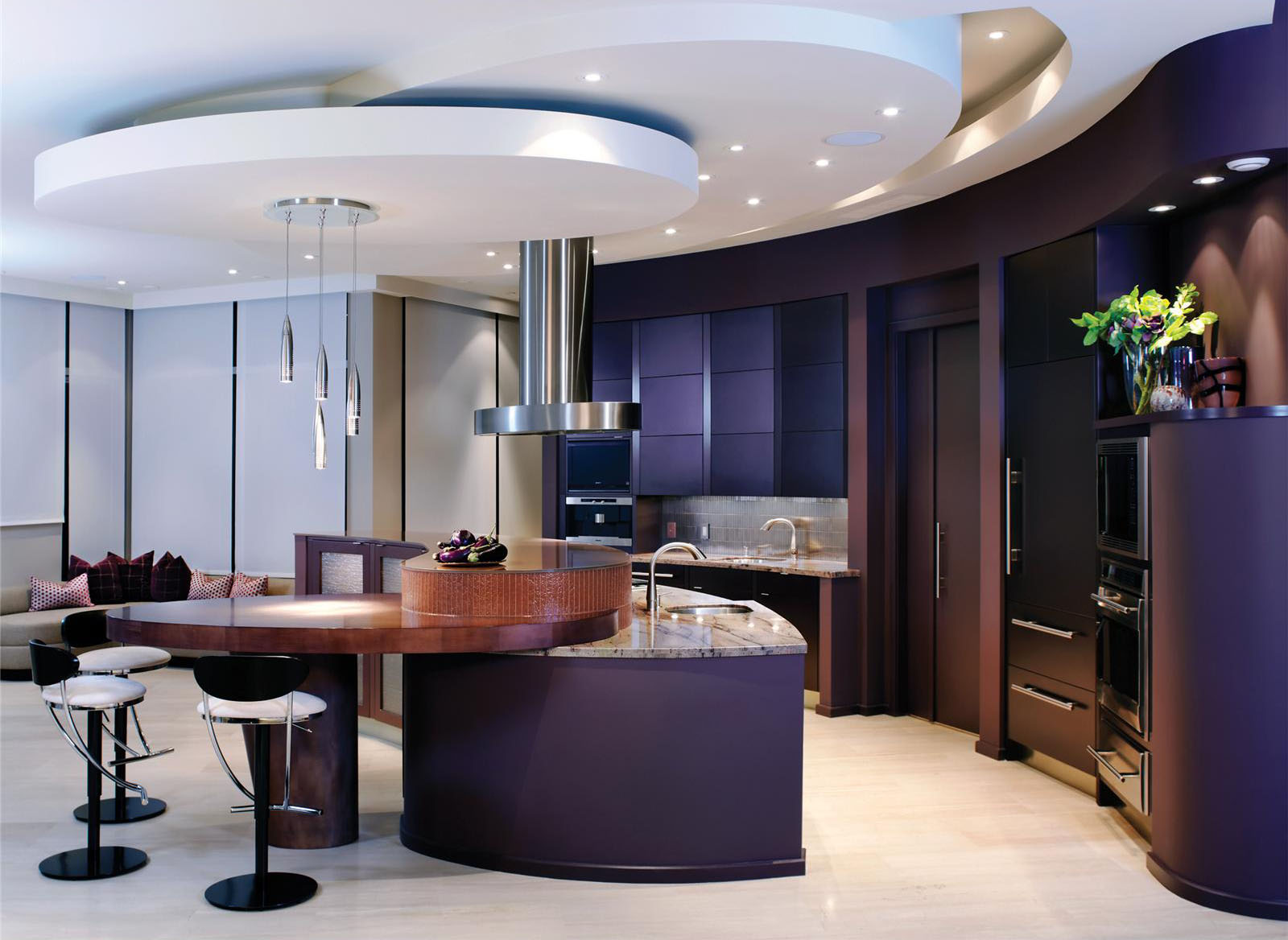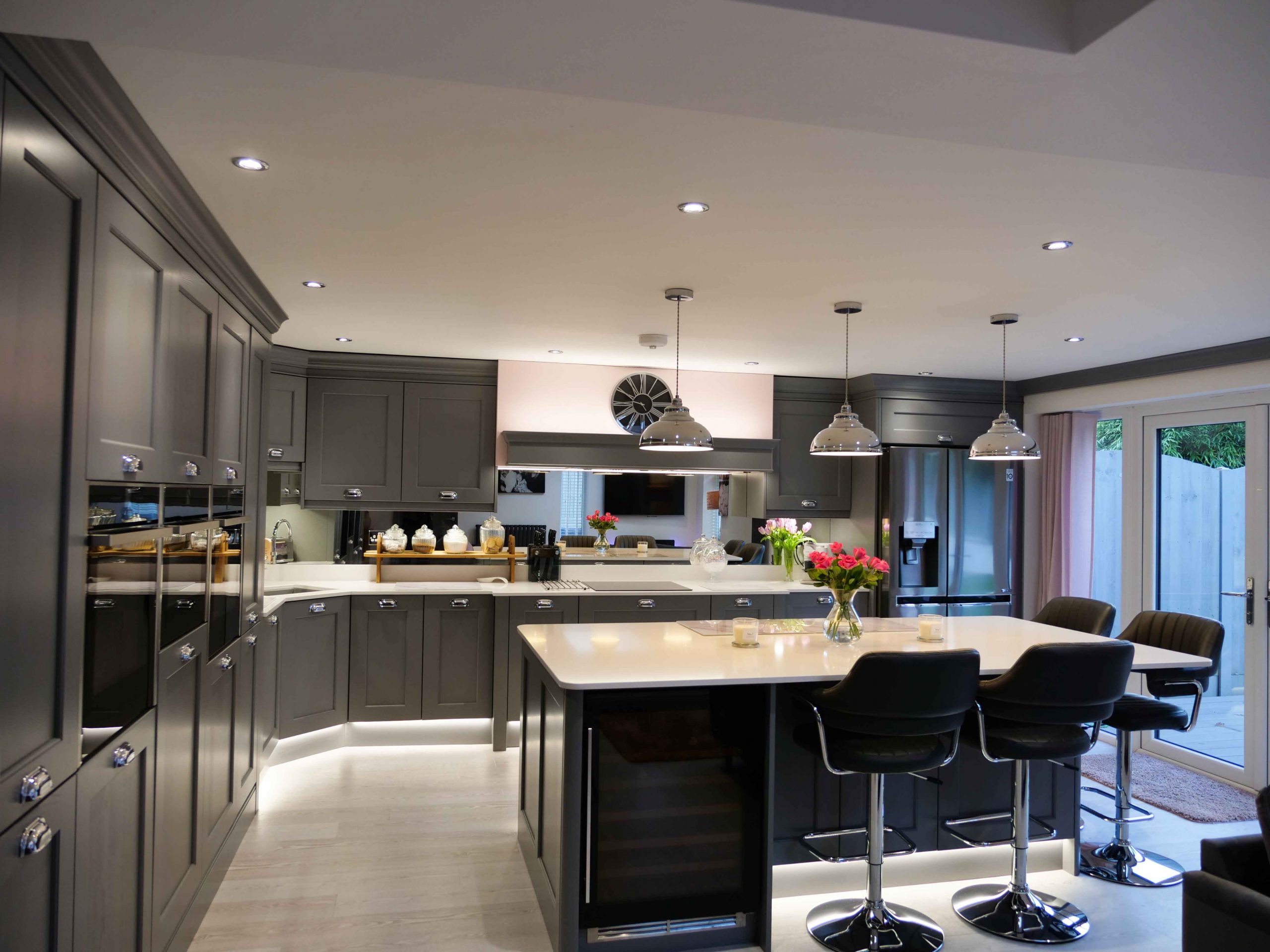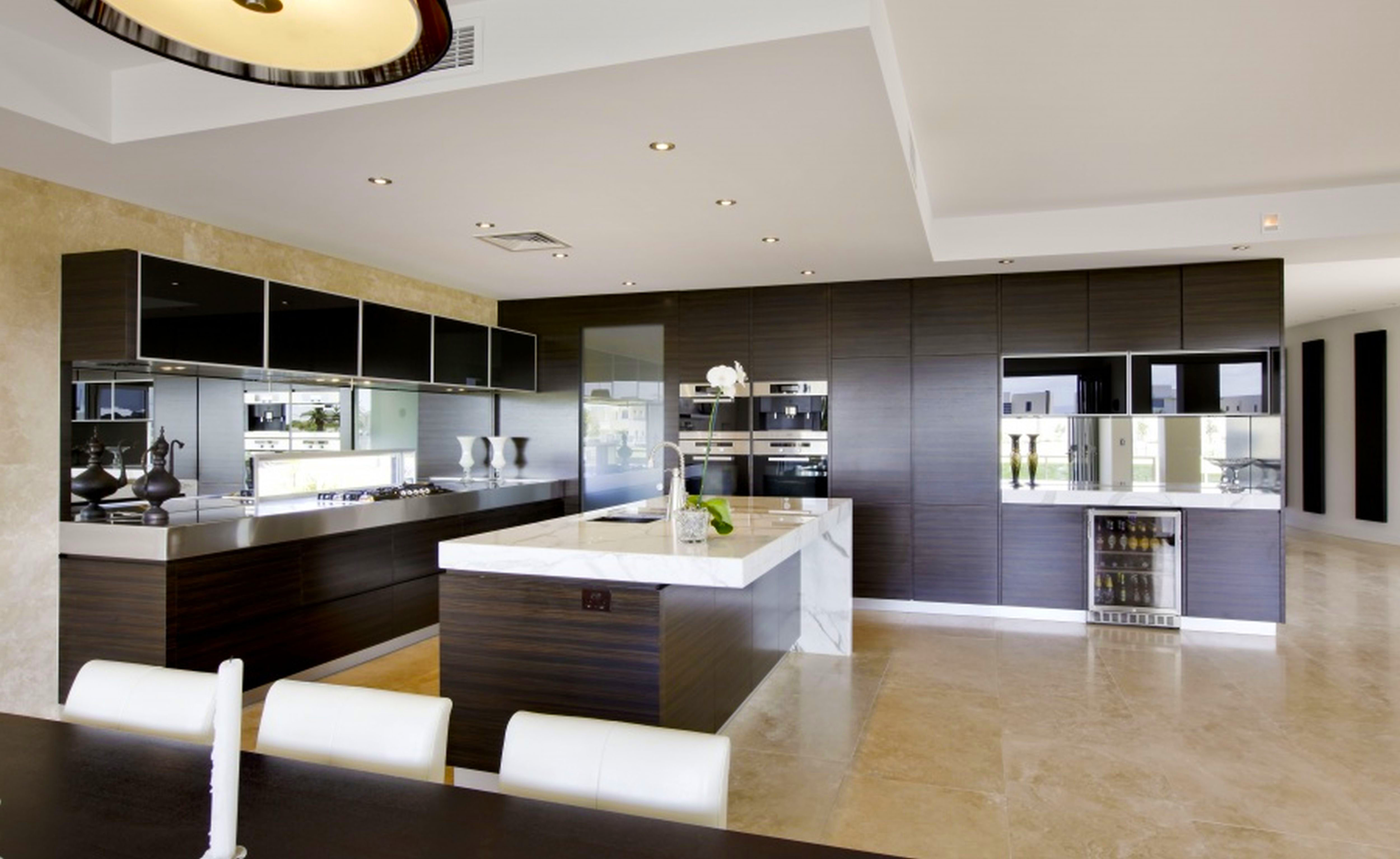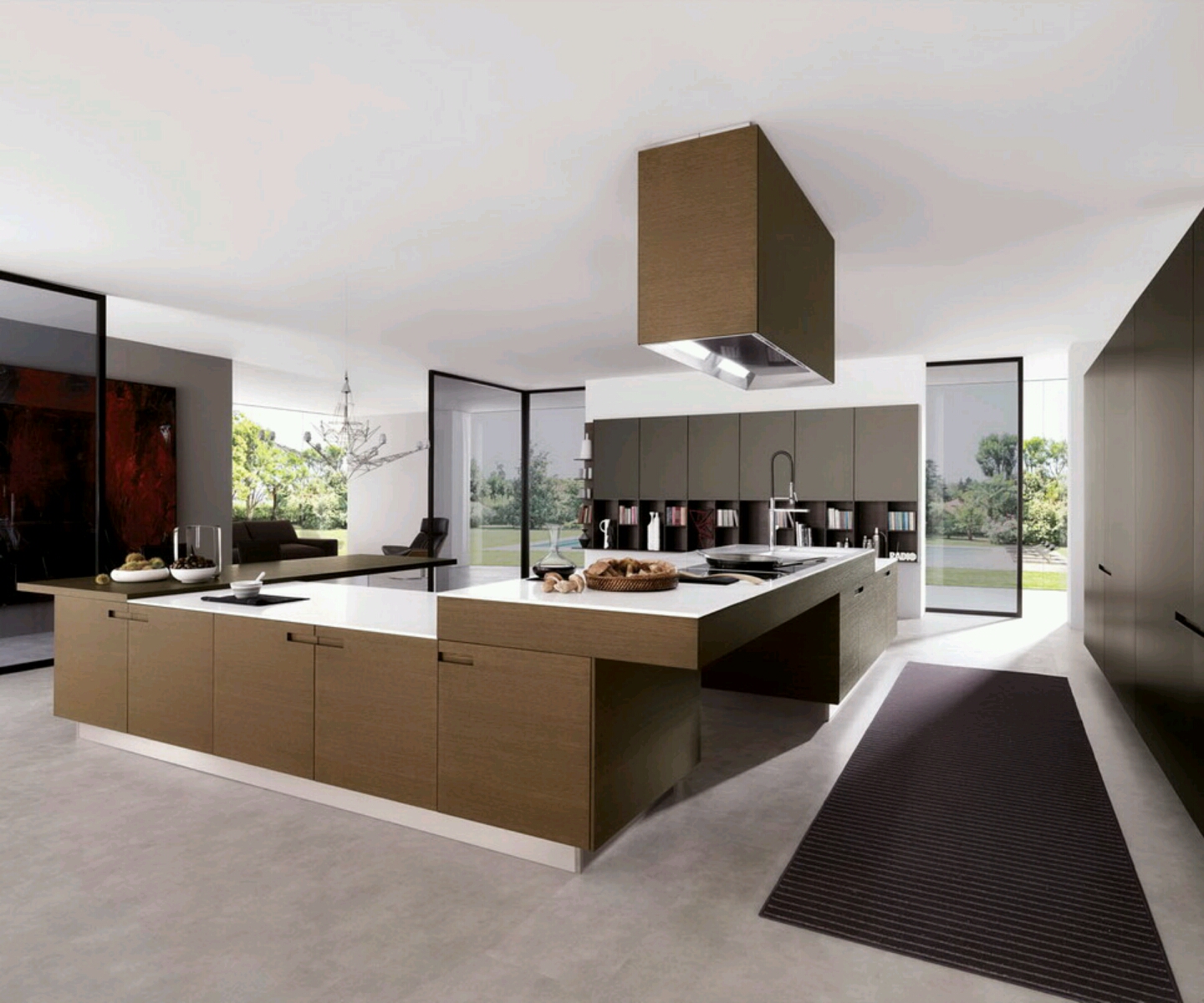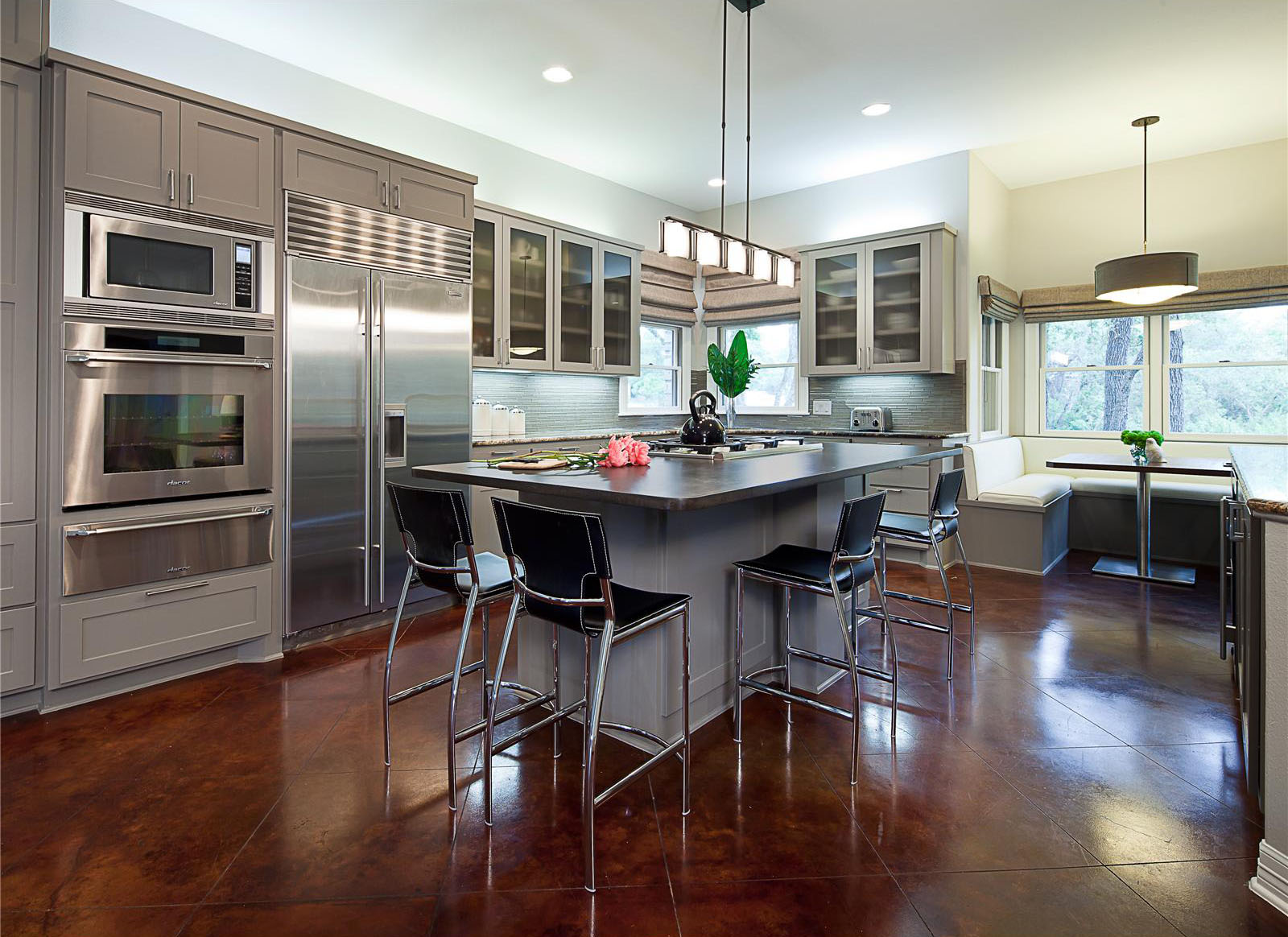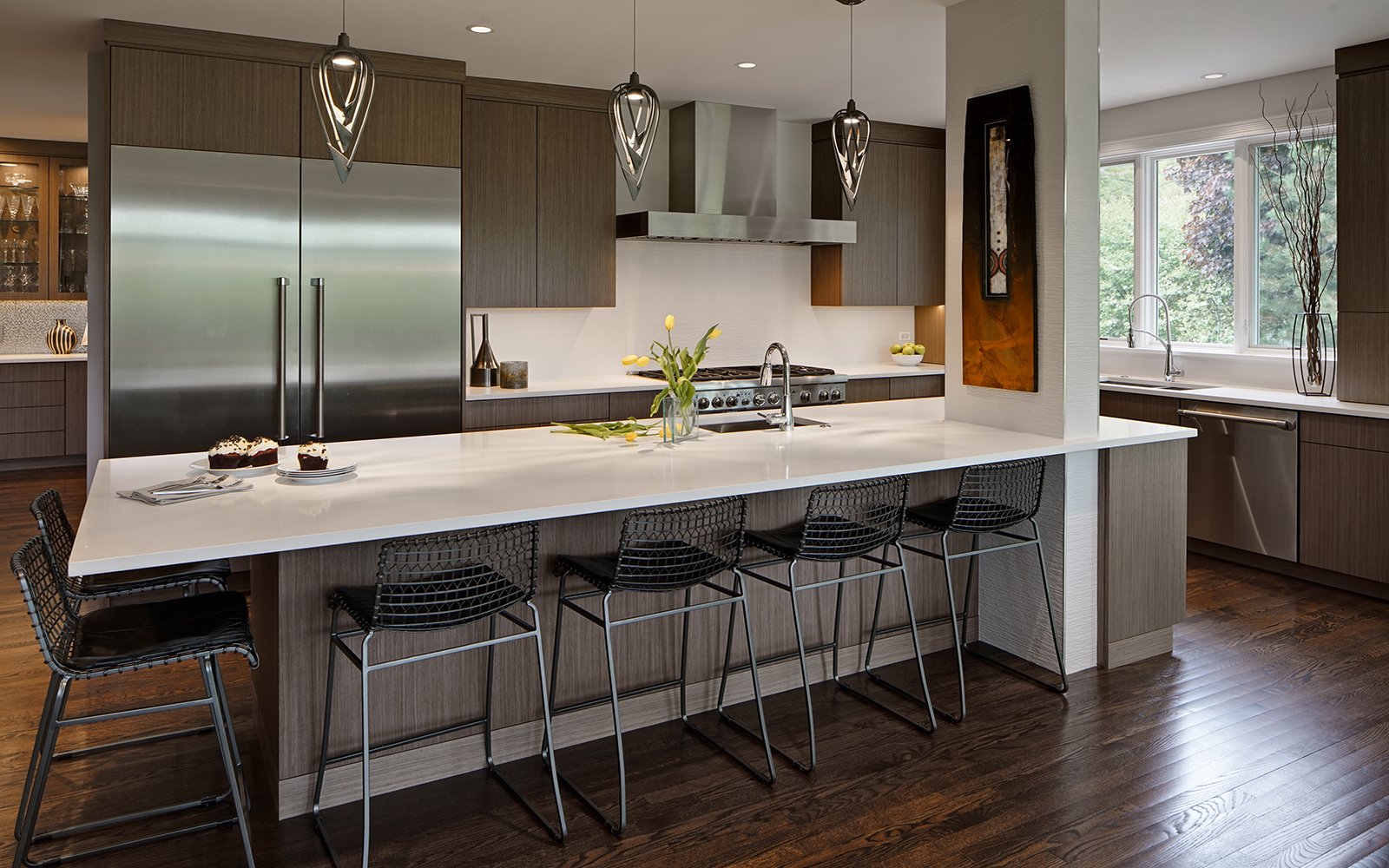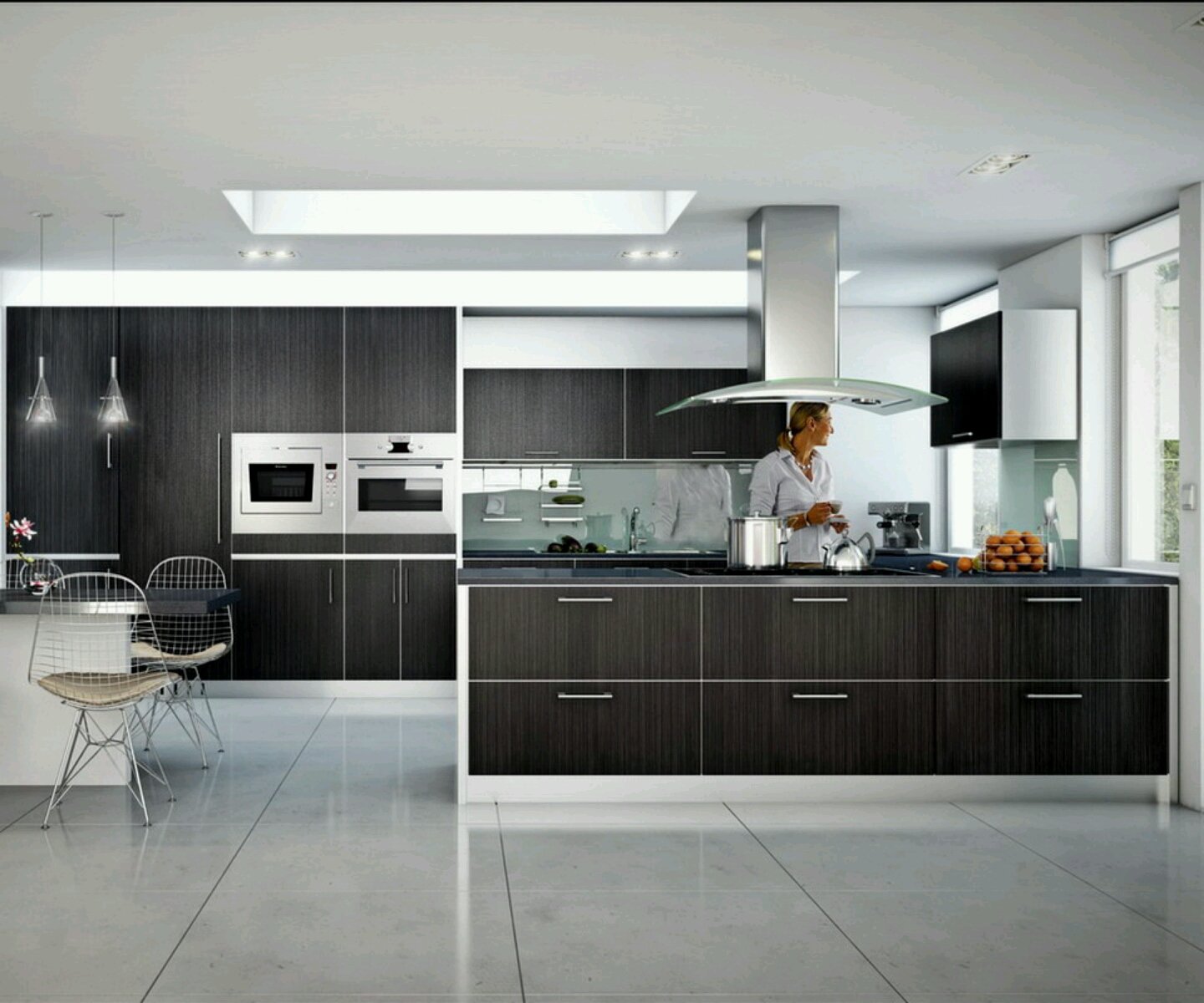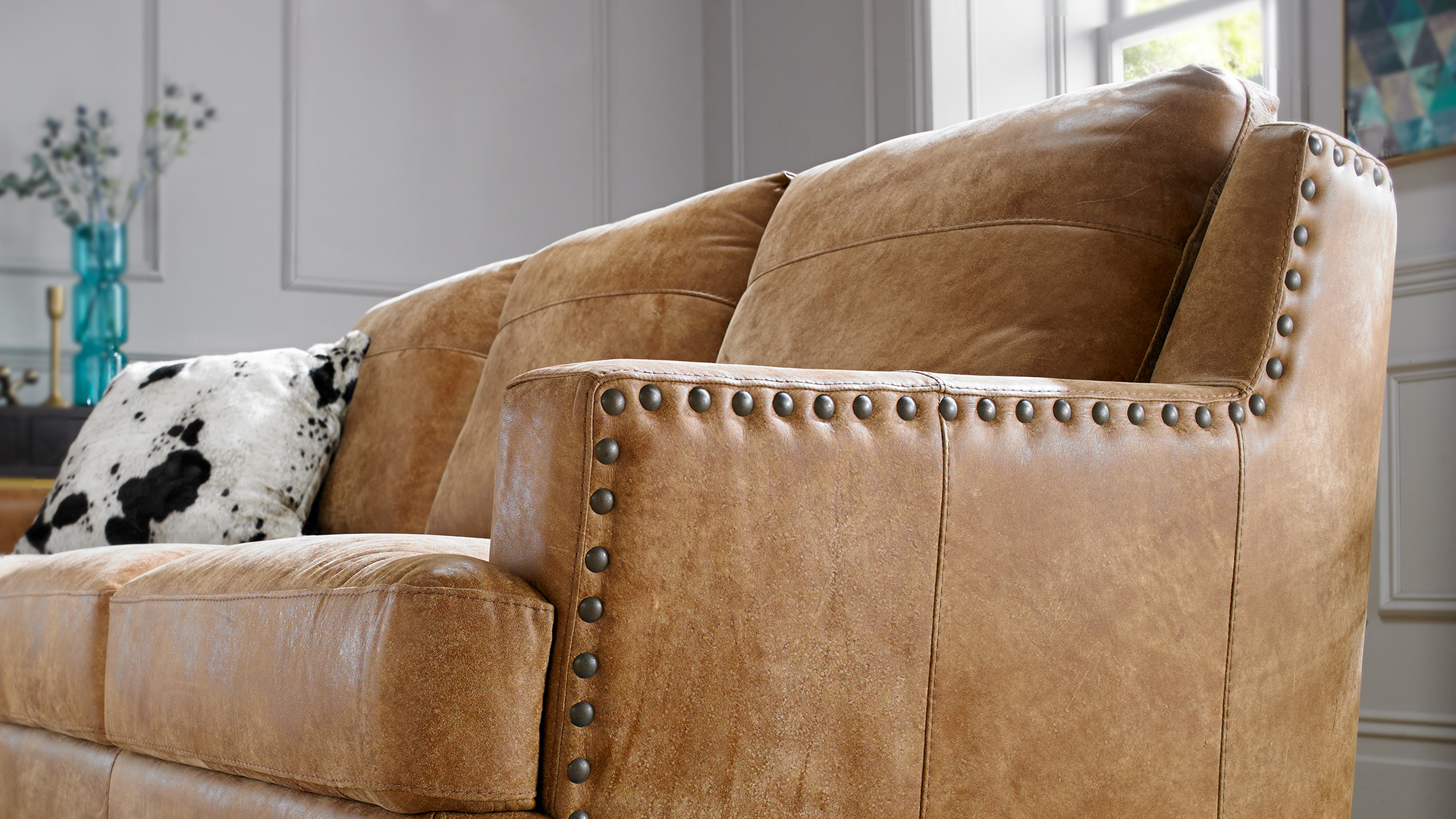The mid-century modern kitchen design emerged in the post-war era as a response to the growing interest in simplicity and functionality. It is characterized by clean lines, geometric shapes, and a mixture of natural and man-made materials. This design style was heavily influenced by the works of renowned designers such as Charles and Ray Eames, Eero Saarinen, and George Nelson. The key elements of a mid-century modern kitchen include minimalistic cabinets, sleek countertops, and open shelving. The cabinets are usually made of wood or laminates, with teak, walnut, and birch being the most popular choices. The countertops are often made of granite, quartz, or laminate and have a clean, uncluttered look. Open shelving is also a common feature in this design, allowing for easy access to everyday items and adding a touch of visual interest. The color palette for a mid-century modern kitchen is typically neutral with pops of bold colors. White, gray, and black are commonly used as the main colors, while yellow, orange, and turquoise are often used as accent colors. These bright colors add a fun and playful touch to the otherwise understated design.Mid-Century Modern Kitchen Design
The retro kitchen design is all about bringing back the nostalgia of the post-war era. It is a celebration of the past, with a touch of modern elements to create a unique and charming space. This design style is heavily inspired by the 1950s and 1960s, known for their vibrant colors, bold patterns, and quirky designs. The key features of a retro kitchen include bold colors, geometric patterns, and statement pieces. The cabinets and countertops are often painted in pastel colors like mint green, baby blue, and pink. Geometric patterns, such as checkerboard, polka dots, and stripes, are also commonly used on floors, backsplashes, and even appliances. A standout piece of furniture, such as a vintage fridge or a brightly colored kitchen island, is a must-have in a retro kitchen. Another important aspect of the retro kitchen design is the use of retro-style appliances. These appliances have a vintage look but come equipped with modern features, making them both functional and aesthetically pleasing. They are available in a variety of colors and designs, making it easy to find the perfect fit for your retro kitchen.Retro Kitchen Design
The 1950s kitchen design is a subset of the retro style, focusing specifically on the design trends of that decade. This design is all about creating a space that transports you back to the post-war era, with its bright colors, bold patterns, and classic Americana elements. The key features of a 1950s kitchen include pastel colors, chrome accents, and vinyl flooring. The cabinets and countertops are often painted in soft colors like pale yellow, mint green, and baby blue. Chrome accents, such as cabinet handles and faucet fixtures, add a touch of shine and glamour to the space. Vinyl flooring, with its bold and colorful patterns, was a popular choice in the 1950s and is making a comeback in modern kitchens. Another iconic feature of a 1950s kitchen is the diner-style booth. This seating area adds a fun and casual vibe to the space and is perfect for enjoying a cup of coffee or a quick meal. You can also incorporate other retro-style elements such as a jukebox, a Coca-Cola fridge, or vintage posters to complete the look.1950s Kitchen Design
The vintage kitchen design is all about incorporating elements from different eras to create a unique and eclectic space. It is a combination of antique pieces, retro elements, and modern touches, resulting in a design that is both timeless and trendy. The key elements of a vintage kitchen include antique furniture, vintage accessories, and modern appliances. The cabinets and countertops can be a mix of old and new, with antique cabinets paired with modern appliances. Vintage accessories, such as porcelain jars, old cookbooks, and retro signs, add a personal and nostalgic touch to the space. The key is to balance out the different elements to create a cohesive and harmonious design. The color palette for a vintage kitchen is soft and muted, with white, cream, and light pastel colors being the most commonly used. This allows the different elements to stand out and create a visually interesting space without overwhelming the senses.Vintage Kitchen Design
The post-war era kitchen design is a broad term that encompasses all the design styles that emerged after World War II. It is a celebration of the newfound optimism and prosperity, resulting in a variety of design styles that catered to different tastes and needs. The key features of a post-war era kitchen are functionality, efficiency, and simplicity. This was a time when people were looking for ways to make their lives easier, and the kitchen was no exception. The cabinets and countertops were designed to maximize storage and workspace, with built-in appliances and hidden storage solutions. The overall design was also kept simple and minimalistic, with a focus on practicality rather than aesthetics. However, this does not mean that post-war era kitchens were devoid of style. On the contrary, different design styles emerged during this time, such as the mid-century modern, retro, and 1950s kitchen designs, each with its own unique features and characteristics.Post-War Era Kitchen Design
The minimalist kitchen design is all about embracing simplicity and creating a clutter-free space. It is characterized by clean lines, a limited color palette, and a focus on functionality rather than decoration. The key elements of a minimalist kitchen include sleek cabinets, hidden storage, and a monochromatic color scheme. The cabinets are often frameless and handle-less, giving them a seamless and streamlined look. Hidden storage solutions, such as pull-out shelves and built-in pantries, keep the countertops clutter-free and make it easier to maintain a minimalist aesthetic. The color palette is usually neutral with shades of white, gray, and black, with the occasional pop of color for visual interest. In a minimalist kitchen, the focus is on quality over quantity. This means investing in high-quality materials and appliances that are not only functional but also visually appealing. A few well-chosen statement pieces, such as a marble countertop or a statement light fixture, can add a touch of luxury and elevate the overall design.Minimalist Kitchen Design
The Scandinavian kitchen design is characterized by its simplicity, functionality, and use of natural materials. It is a design style that emerged in the post-war era and has gained popularity in recent years for its timeless and cozy aesthetic. The key features of a Scandinavian kitchen include light colors, natural wood, and minimalistic design. White is the dominant color in this design, with light wood accents adding warmth and texture to the space. The cabinets are typically frameless and handle-less, with a focus on clean lines and minimalistic design. The use of natural materials, such as wood, stone, and leather, is also a key element in Scandinavian design, adding a sense of warmth and coziness. In a Scandinavian kitchen, functionality is key. The design is focused on creating a space that is efficient and practical, without sacrificing style. This means incorporating smart storage solutions and investing in high-quality appliances that are both functional and aesthetically pleasing.Scandinavian Kitchen Design
The industrial kitchen design is all about embracing the raw and unfinished look of industrial spaces. It is a design style that emerged in the post-war era as factories and warehouses were being repurposed into residential spaces. The key elements of an industrial kitchen include exposed brick, metal accents, and salvaged materials. The walls are often left unfinished or painted in a neutral color, with exposed brick adding texture and character to the space. Metal accents, such as steel, iron, and copper, are also commonly used, giving the kitchen an edgy and industrial feel. Salvaged materials, such as reclaimed wood and vintage furniture, add a touch of nostalgia and make the space feel more lived-in. The color palette for an industrial kitchen is neutral with shades of gray, brown, and black. This allows the different textures and materials to stand out and create a visually interesting space. The key is to find a balance between the raw and unfinished elements and the more polished and refined ones to create a cohesive design.Industrial Kitchen Design
The farmhouse kitchen design is all about creating a warm and inviting space that feels like home. It is a design style that emerged in the post-war era and has been popular ever since for its timeless and cozy appeal. The key features of a farmhouse kitchen include wood accents, vintage elements, and a cozy atmosphere. The cabinets are often made of wood or painted in a light color, giving the kitchen a warm and rustic feel. Vintage elements, such as antique furniture, distressed finishes, and farmhouse sinks, add a touch of nostalgia and charm to the space. The overall atmosphere is one of comfort and coziness, making the kitchen the heart of the home. The color palette for a farmhouse kitchen is neutral with warm tones. Shades of white, cream, and beige are commonly used, with wood accents and pops of color added for visual interest. This creates a space that is both inviting and visually appealing.Farmhouse Kitchen Design
The contemporary kitchen design is all about incorporating modern elements into a functional and stylish space. It is a design style that emerged in the post-war era and is constantly evolving to keep up with changing trends and technologies. The key elements of a contemporary kitchen include clean lines, sleek finishes, and high-tech appliances. The cabinets are often frameless and handle-less, with a focus on simplicity and minimalism. The countertops and backsplash are usually made of marble, quartz, or glass, giving the kitchen a sleek and modern look. High-tech appliances, such as smart refrigerators and induction cooktops, are also commonly used in contemporary kitchens. The color palette for a contemporary kitchen is neutral with pops of bold colors. White, gray, and black are commonly used as the main colors, with bright colors and metallic accents added for visual interest. The key is to find a balance between functionality and style, creating a space that is both efficient and aesthetically pleasing.Contemporary Kitchen Design
The Evolution of Post-War Kitchen Design: A Look Back at the Changing Trends

The Post-War Era: A Time of Change and Innovation
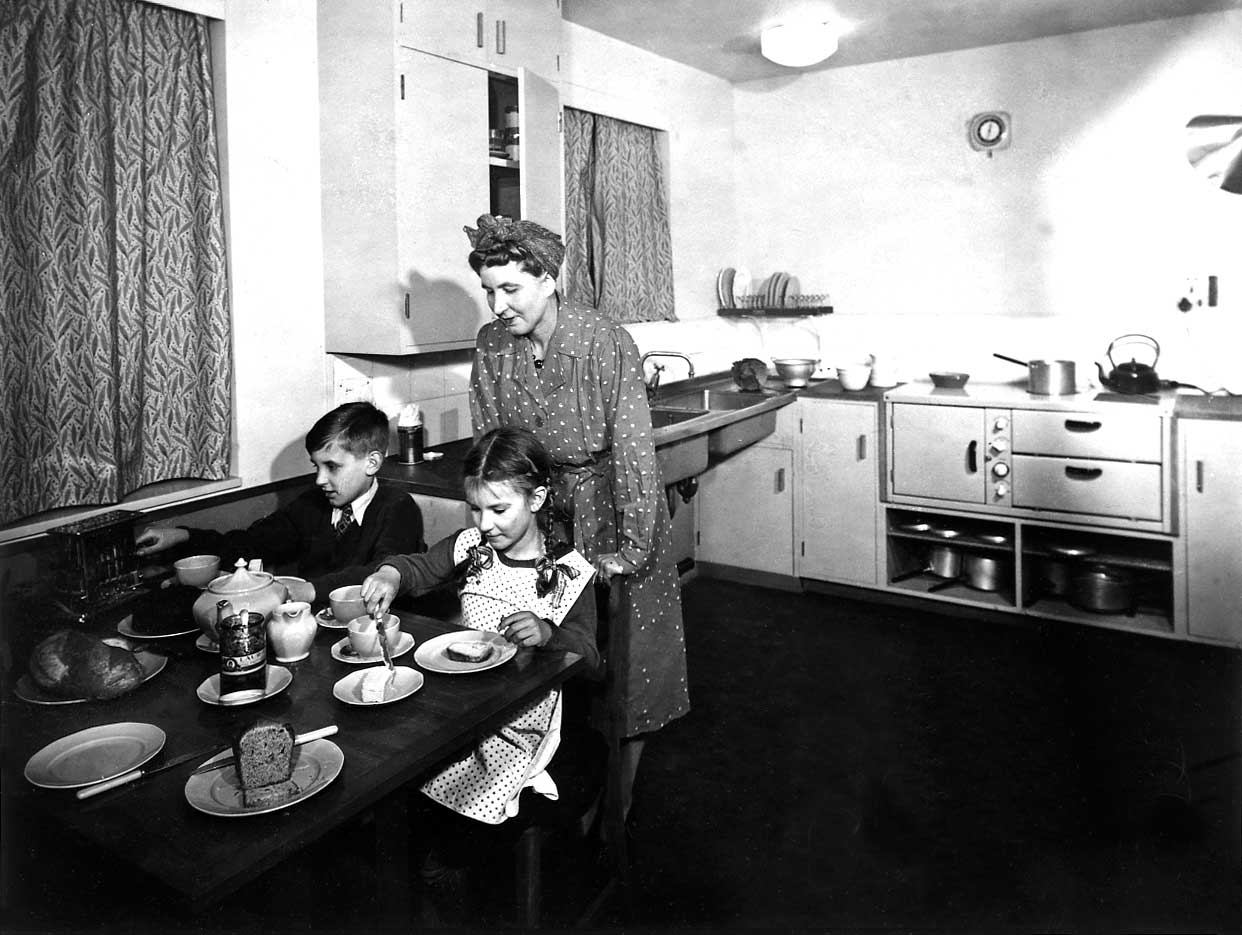 After the end of World War II, the world was in a state of rebuilding and recovery. This was also reflected in the design of homes, particularly in the kitchen. The post-war era saw a shift in kitchen design, as people sought to move away from the utilitarian and functional designs of the past and embrace a more modern and aesthetically pleasing approach.
After the end of World War II, the world was in a state of rebuilding and recovery. This was also reflected in the design of homes, particularly in the kitchen. The post-war era saw a shift in kitchen design, as people sought to move away from the utilitarian and functional designs of the past and embrace a more modern and aesthetically pleasing approach.
The Rise of the Open-Concept Kitchen
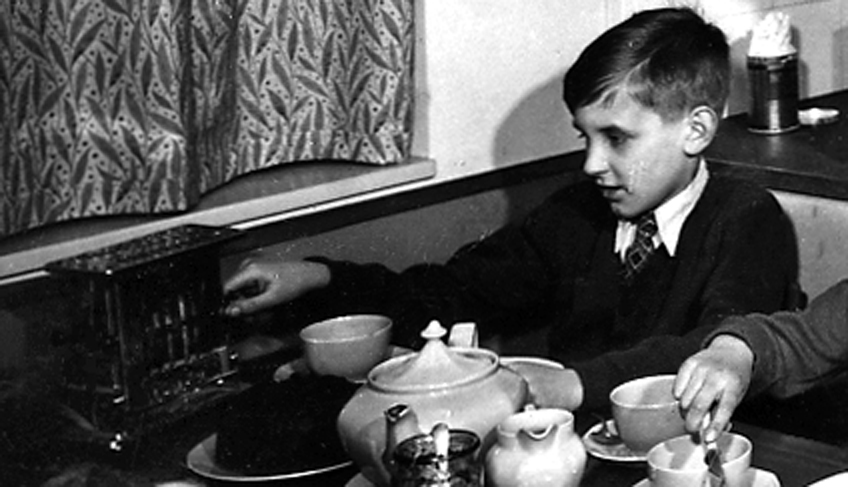 One of the biggest changes in post-war kitchen design was the move towards open-concept layouts. This was a departure from the traditional closed-off kitchen, where cooking and cleaning were seen as separate tasks from the rest of the household. The open-concept design allowed for a more integrated and social space, where family and guests could gather while meals were prepared. This also led to the introduction of kitchen islands, which served as both a functional workspace and a place for socializing.
Featured Keyword: open-concept kitchen
One of the biggest changes in post-war kitchen design was the move towards open-concept layouts. This was a departure from the traditional closed-off kitchen, where cooking and cleaning were seen as separate tasks from the rest of the household. The open-concept design allowed for a more integrated and social space, where family and guests could gather while meals were prepared. This also led to the introduction of kitchen islands, which served as both a functional workspace and a place for socializing.
Featured Keyword: open-concept kitchen
Innovations in Kitchen Appliances
 Another significant change in post-war kitchen design was the introduction of modern appliances. The war had brought about technological advancements, and these were now being incorporated into home design. Refrigerators, ovens, and dishwashers became more streamlined and efficient, making cooking and cleaning a more manageable and enjoyable task. The introduction of built-in appliances also led to a more seamless and integrated look in the kitchen.
Featured Keywords: modern appliances, built-in appliances
Another significant change in post-war kitchen design was the introduction of modern appliances. The war had brought about technological advancements, and these were now being incorporated into home design. Refrigerators, ovens, and dishwashers became more streamlined and efficient, making cooking and cleaning a more manageable and enjoyable task. The introduction of built-in appliances also led to a more seamless and integrated look in the kitchen.
Featured Keywords: modern appliances, built-in appliances
A Shift Towards Color and Style
 The post-war era also saw a move away from the monochromatic and utilitarian designs of the past. As the economy improved and consumerism grew, people began to incorporate more color and style into their homes, including the kitchen. Bold and vibrant colors such as turquoise, pink, and yellow were popular choices, and kitchen cabinets and countertops were often adorned with intricate patterns and designs. This shift towards more visually appealing kitchens reflected the changing attitudes towards the importance of aesthetics in the home.
Featured Keywords: color, style, kitchen cabinets, countertops
The post-war era also saw a move away from the monochromatic and utilitarian designs of the past. As the economy improved and consumerism grew, people began to incorporate more color and style into their homes, including the kitchen. Bold and vibrant colors such as turquoise, pink, and yellow were popular choices, and kitchen cabinets and countertops were often adorned with intricate patterns and designs. This shift towards more visually appealing kitchens reflected the changing attitudes towards the importance of aesthetics in the home.
Featured Keywords: color, style, kitchen cabinets, countertops
The Legacy of Post-War Kitchen Design
 The changes in post-war kitchen design had a lasting impact on the way we view and use our kitchens today. The open-concept layout, modern appliances, and emphasis on style and design are still prevalent in contemporary kitchen design. The post-war era marked a turning point in the evolution of kitchen design, and its influence can still be seen in the kitchens of today.
Featured Keywords: contemporary kitchen design, influence
The changes in post-war kitchen design had a lasting impact on the way we view and use our kitchens today. The open-concept layout, modern appliances, and emphasis on style and design are still prevalent in contemporary kitchen design. The post-war era marked a turning point in the evolution of kitchen design, and its influence can still be seen in the kitchens of today.
Featured Keywords: contemporary kitchen design, influence
In Conclusion
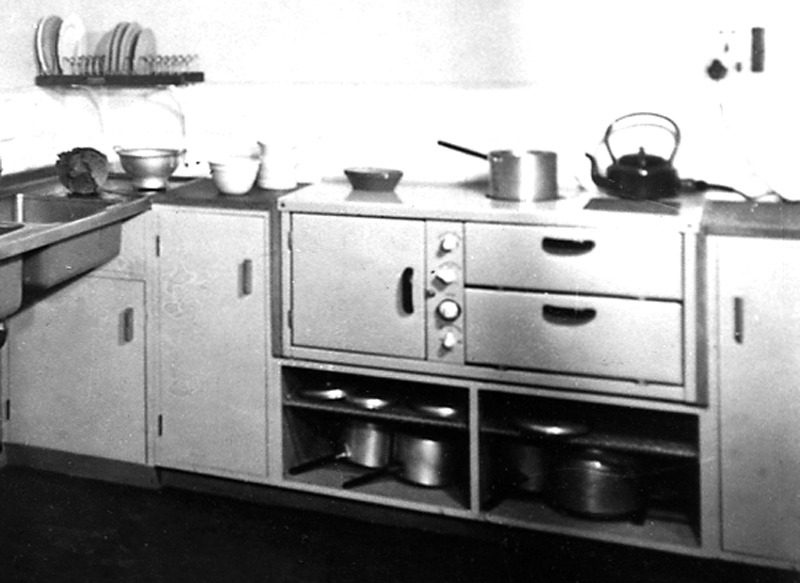 The post-war era was a time of significant change and innovation in kitchen design. From the rise of the open-concept kitchen to the introduction of modern appliances and a shift towards color and style, the post-war kitchens laid the foundation for the kitchens we know and love today. As we continue to see advancements in technology and design, it will be interesting to see how the legacy of post-war kitchen design continues to shape the future of our homes.
The post-war era was a time of significant change and innovation in kitchen design. From the rise of the open-concept kitchen to the introduction of modern appliances and a shift towards color and style, the post-war kitchens laid the foundation for the kitchens we know and love today. As we continue to see advancements in technology and design, it will be interesting to see how the legacy of post-war kitchen design continues to shape the future of our homes.
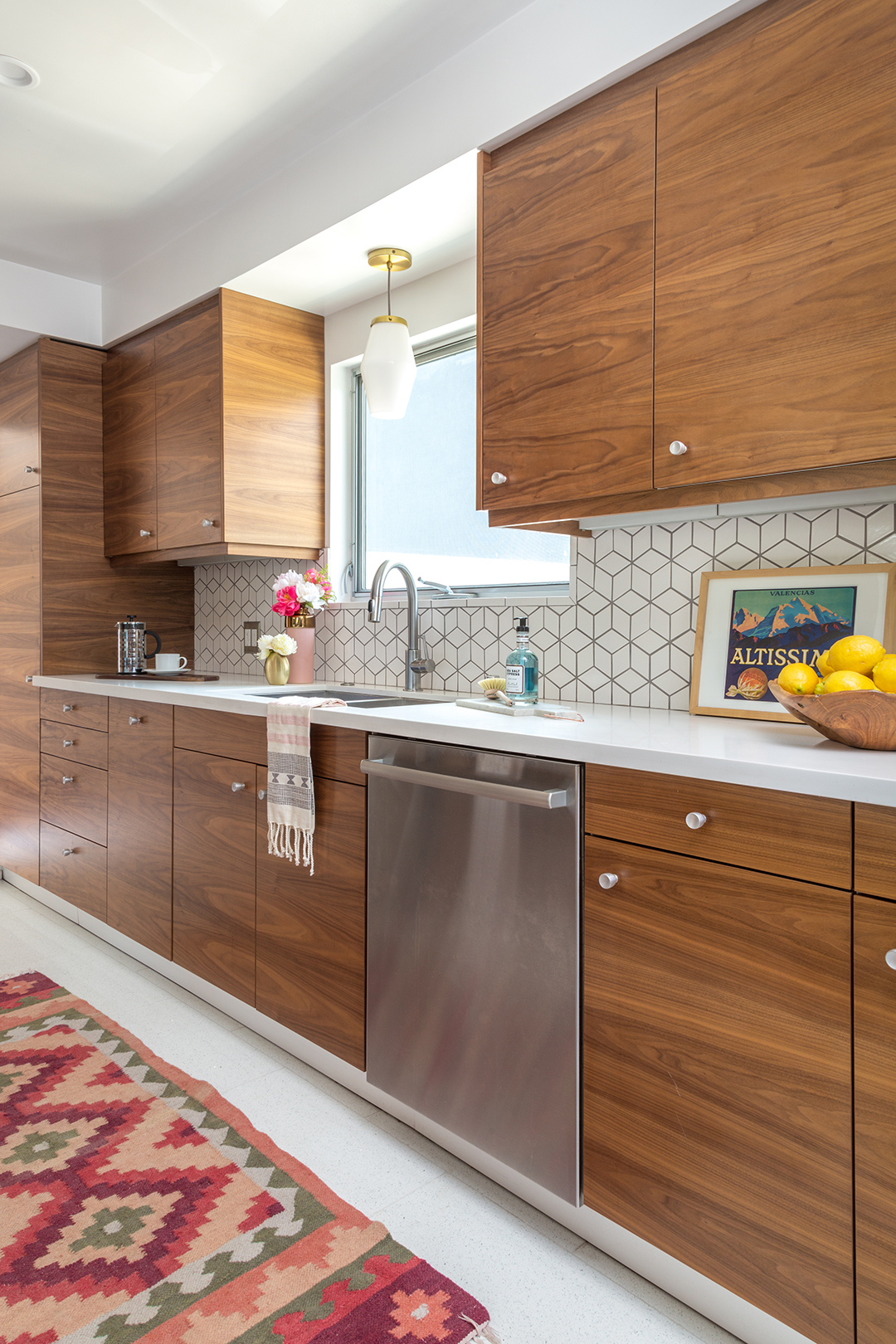
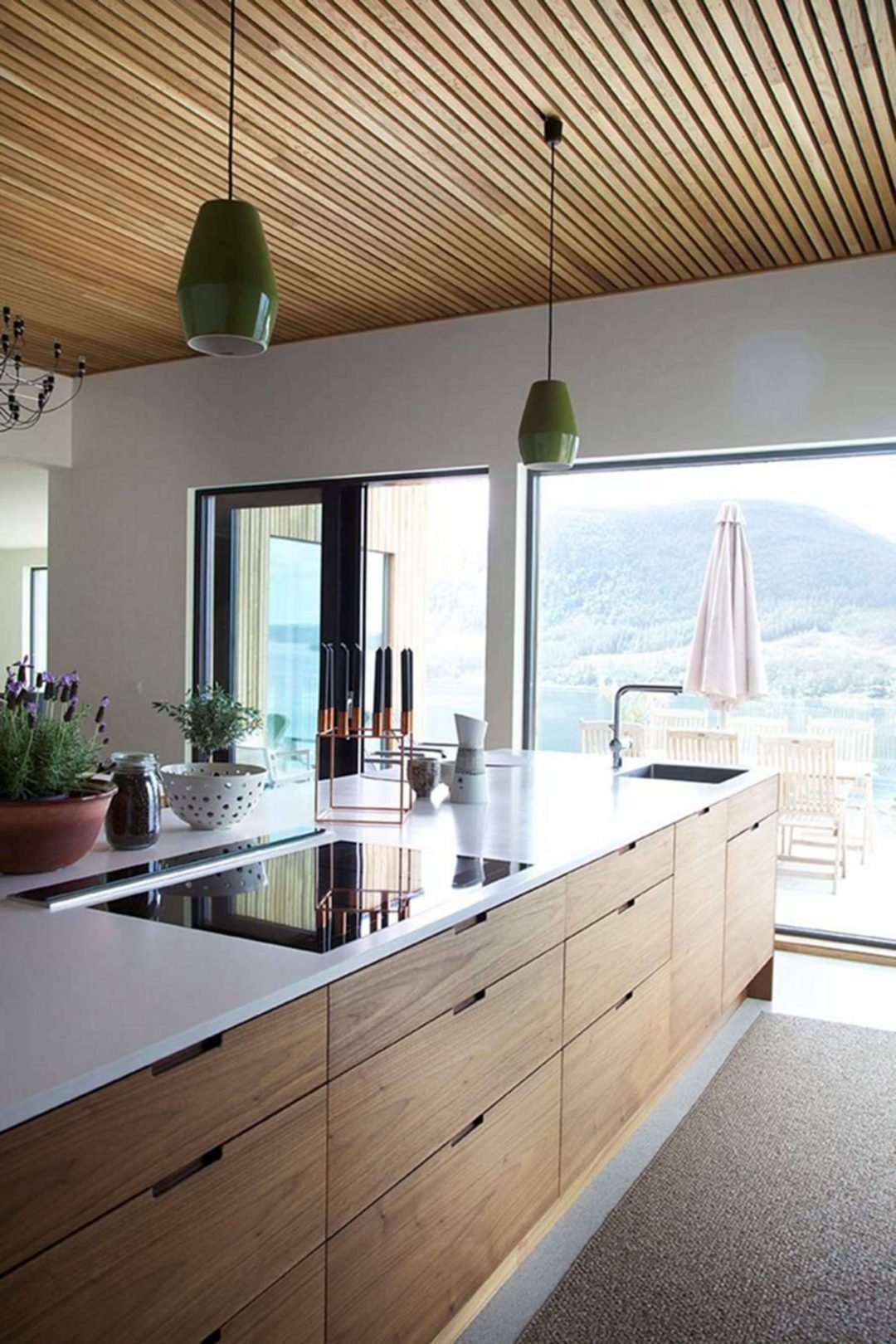
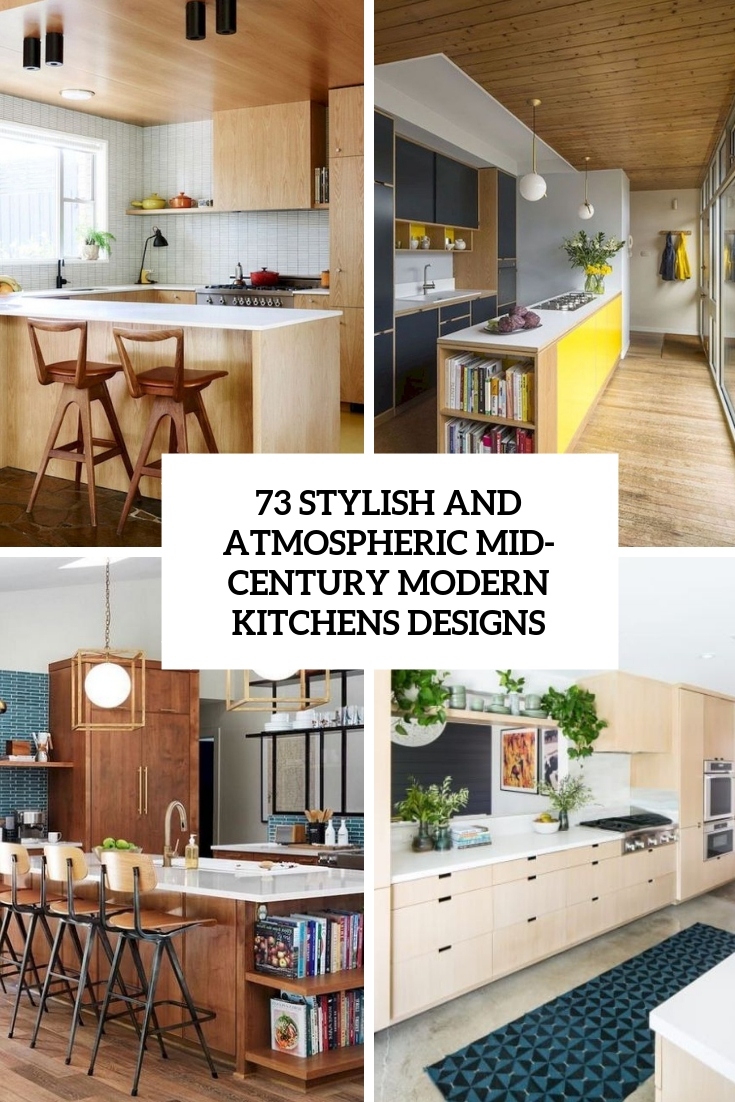
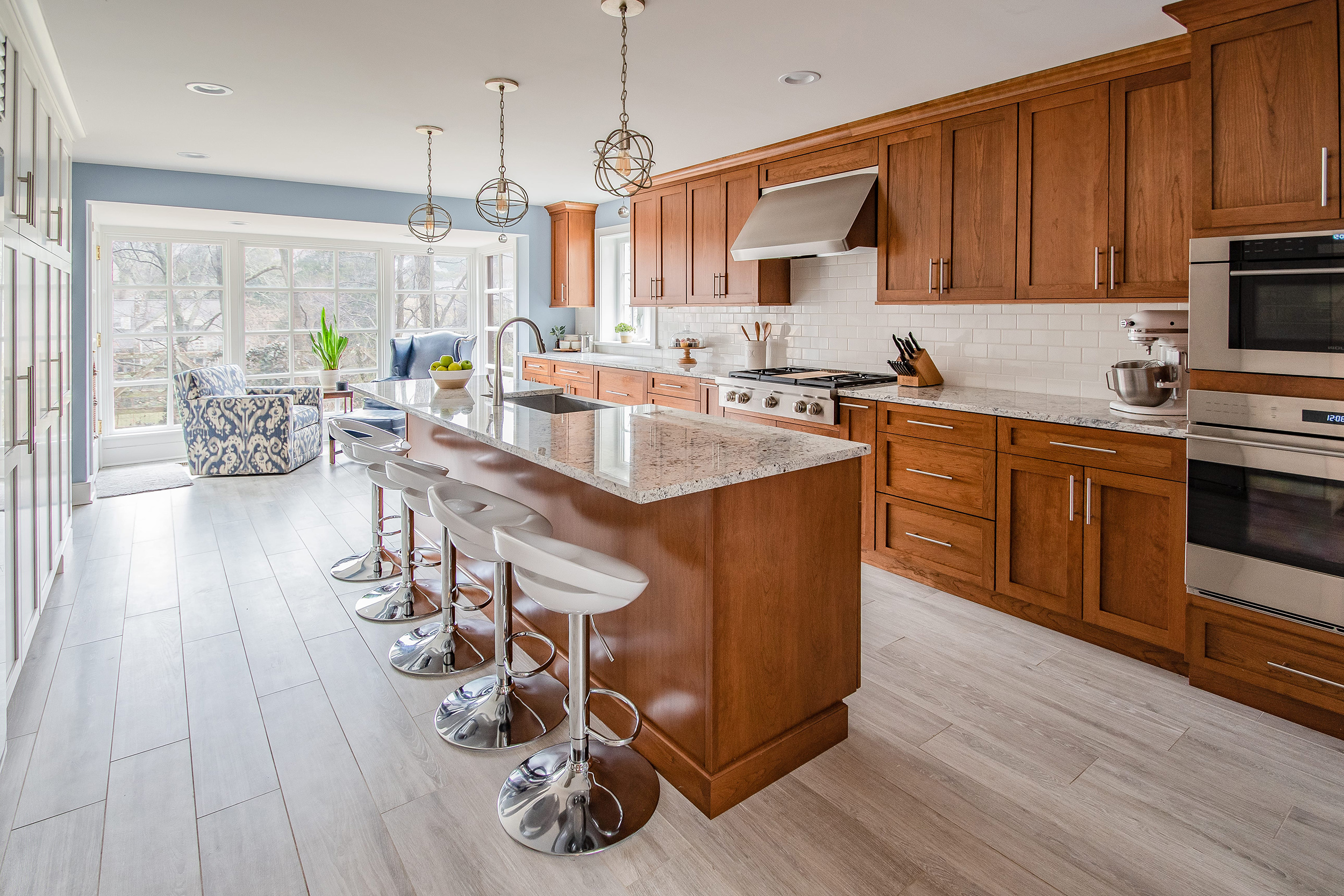
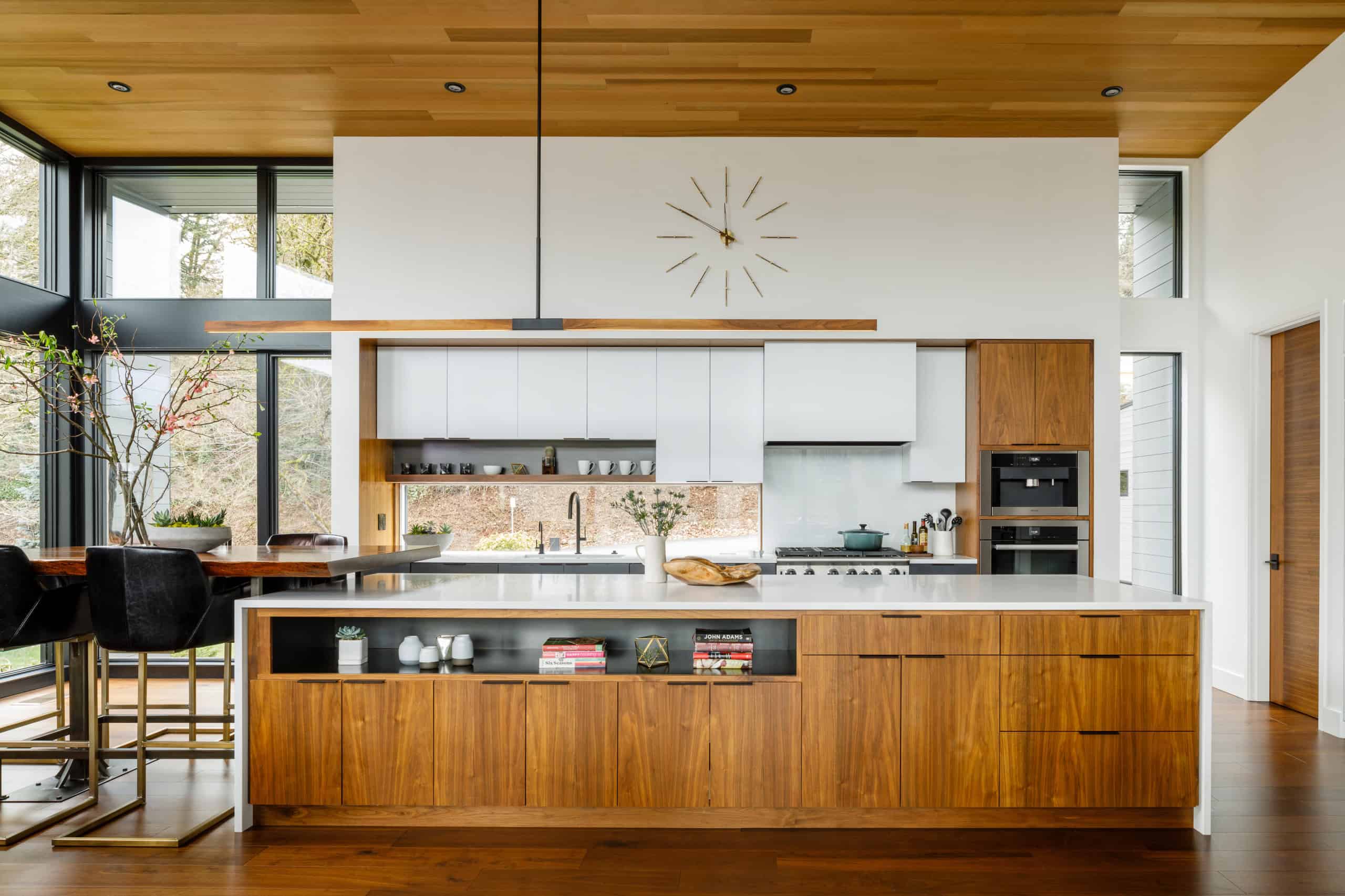

/DSC05210-61c933452d774ddabed79efa0b230fc3.jpg)
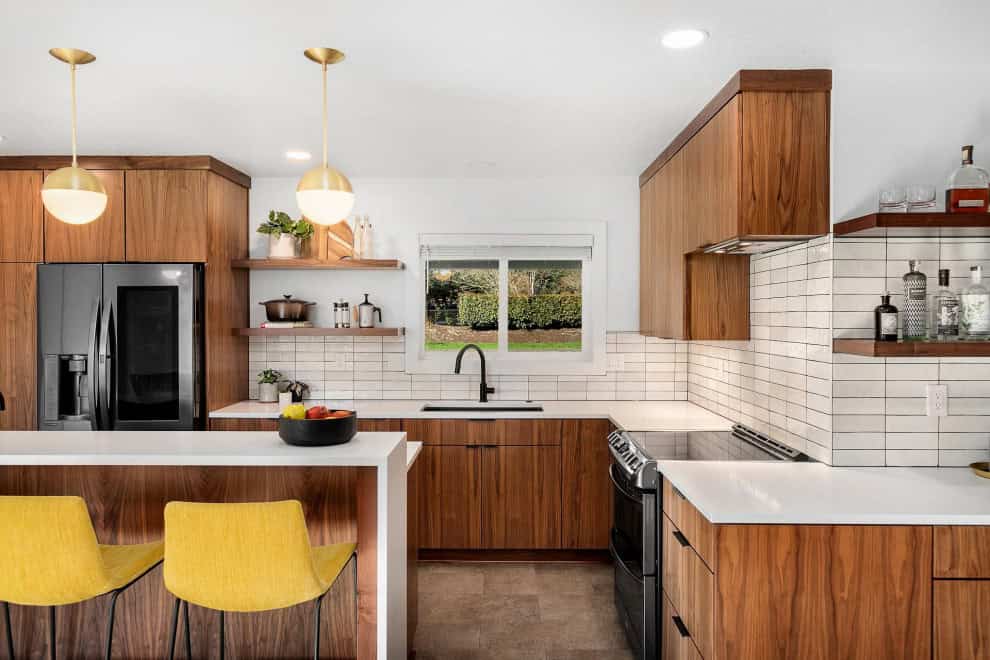
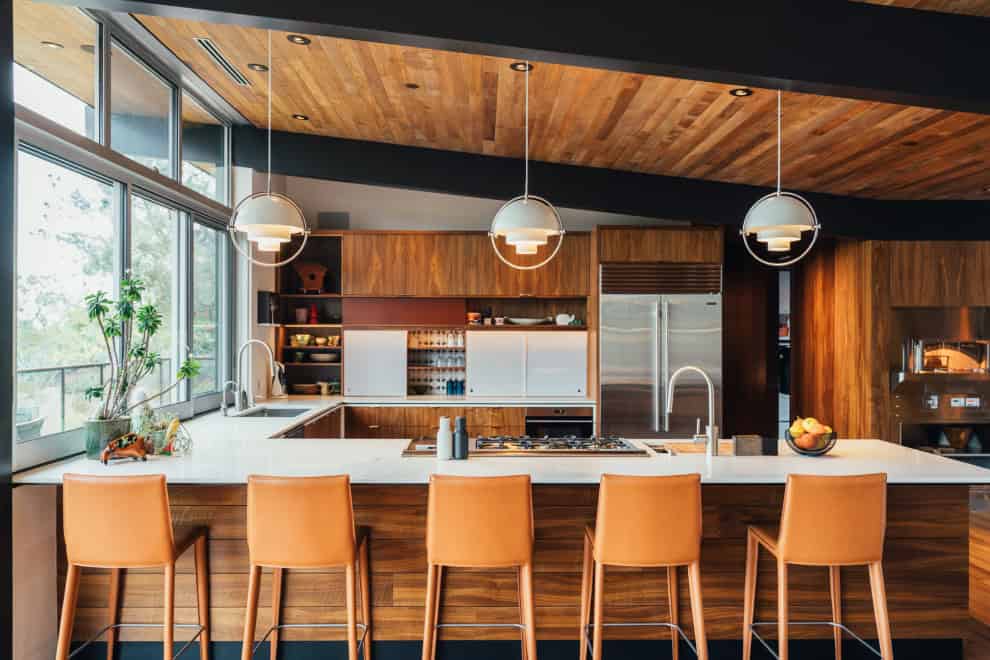
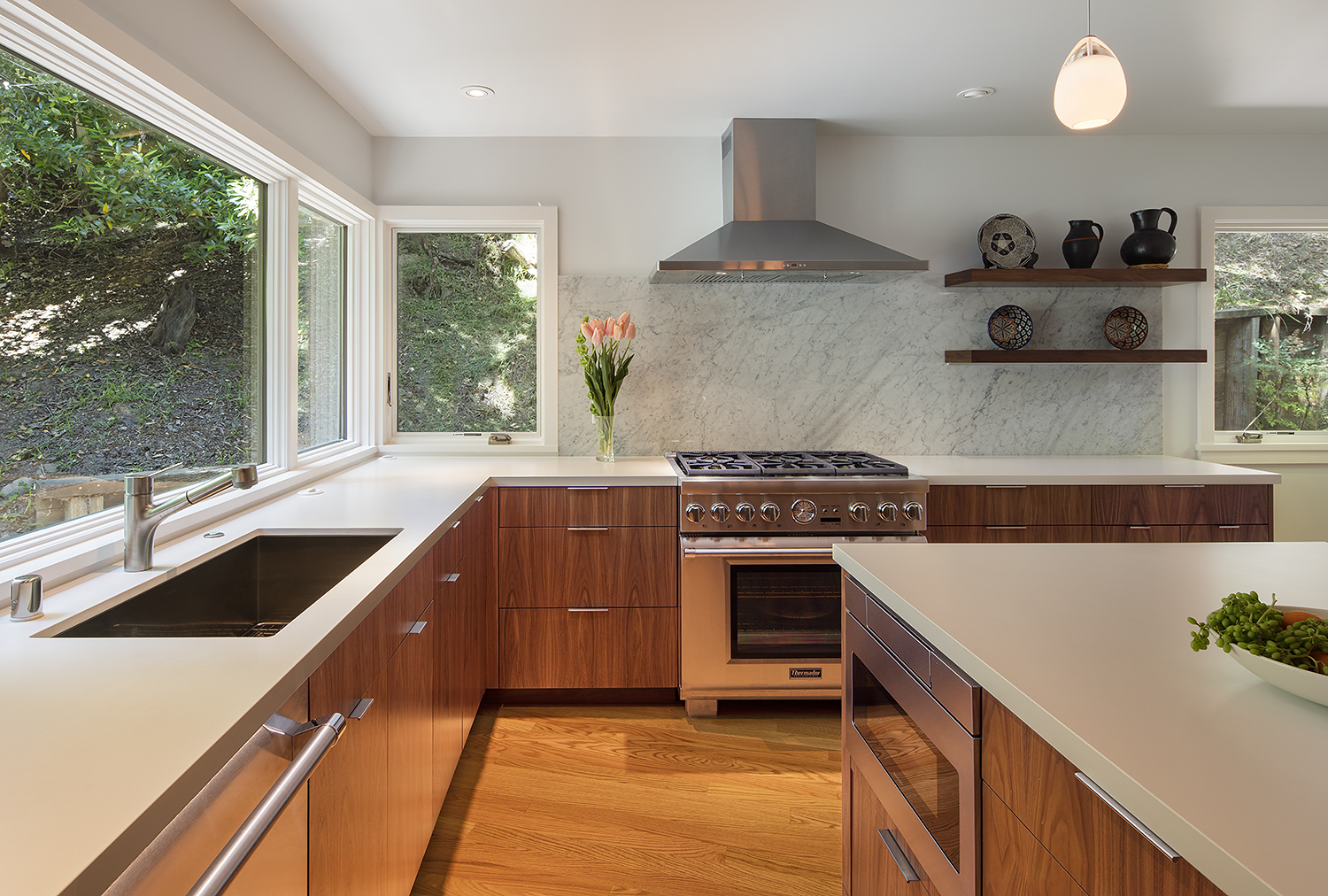
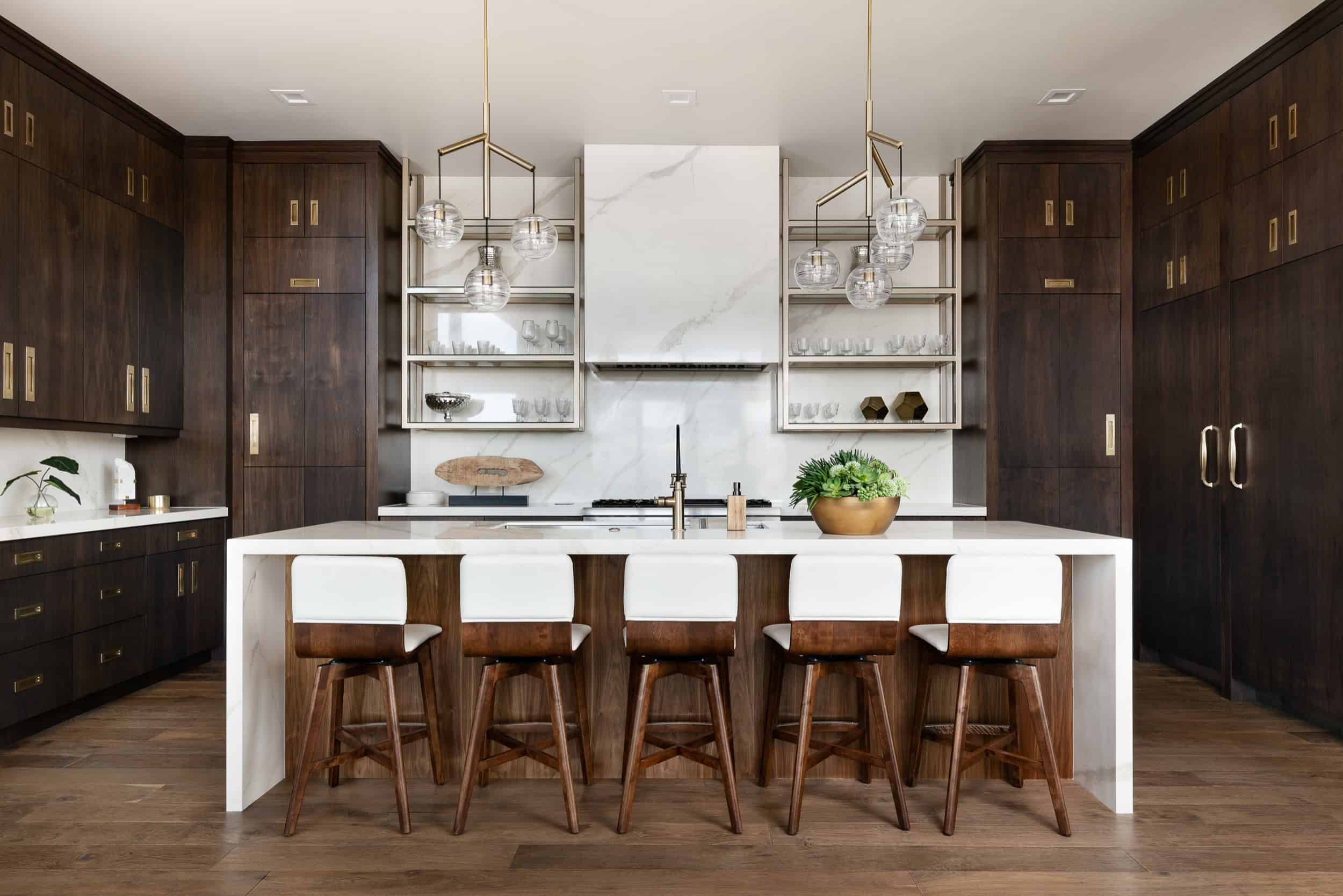
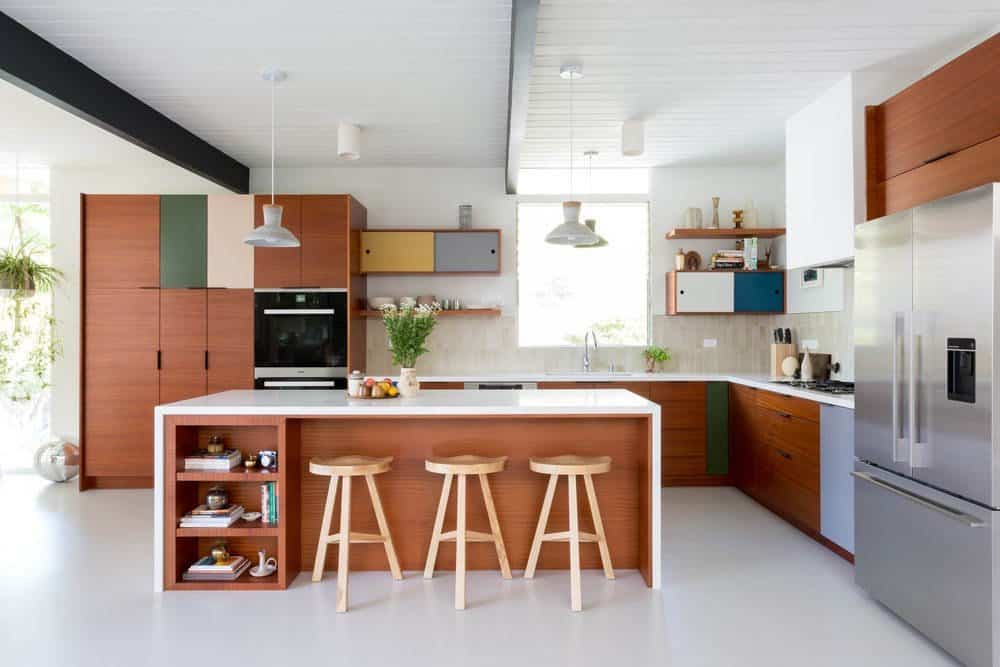
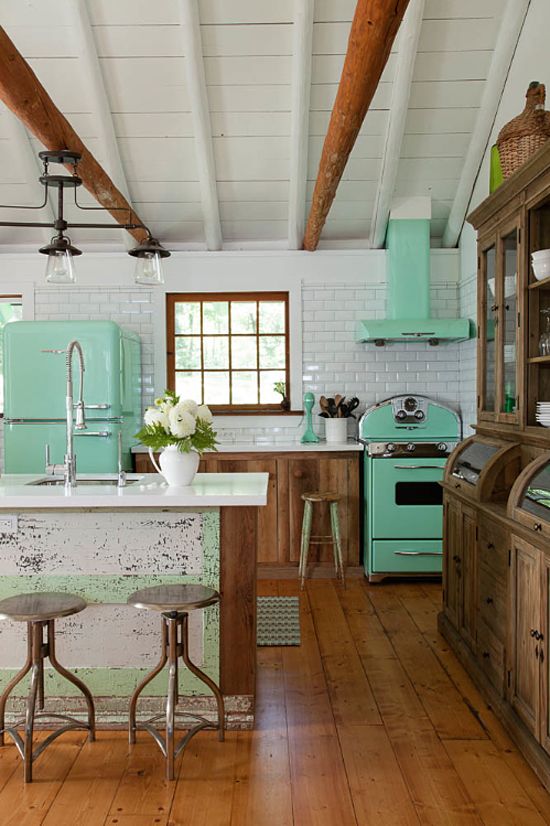
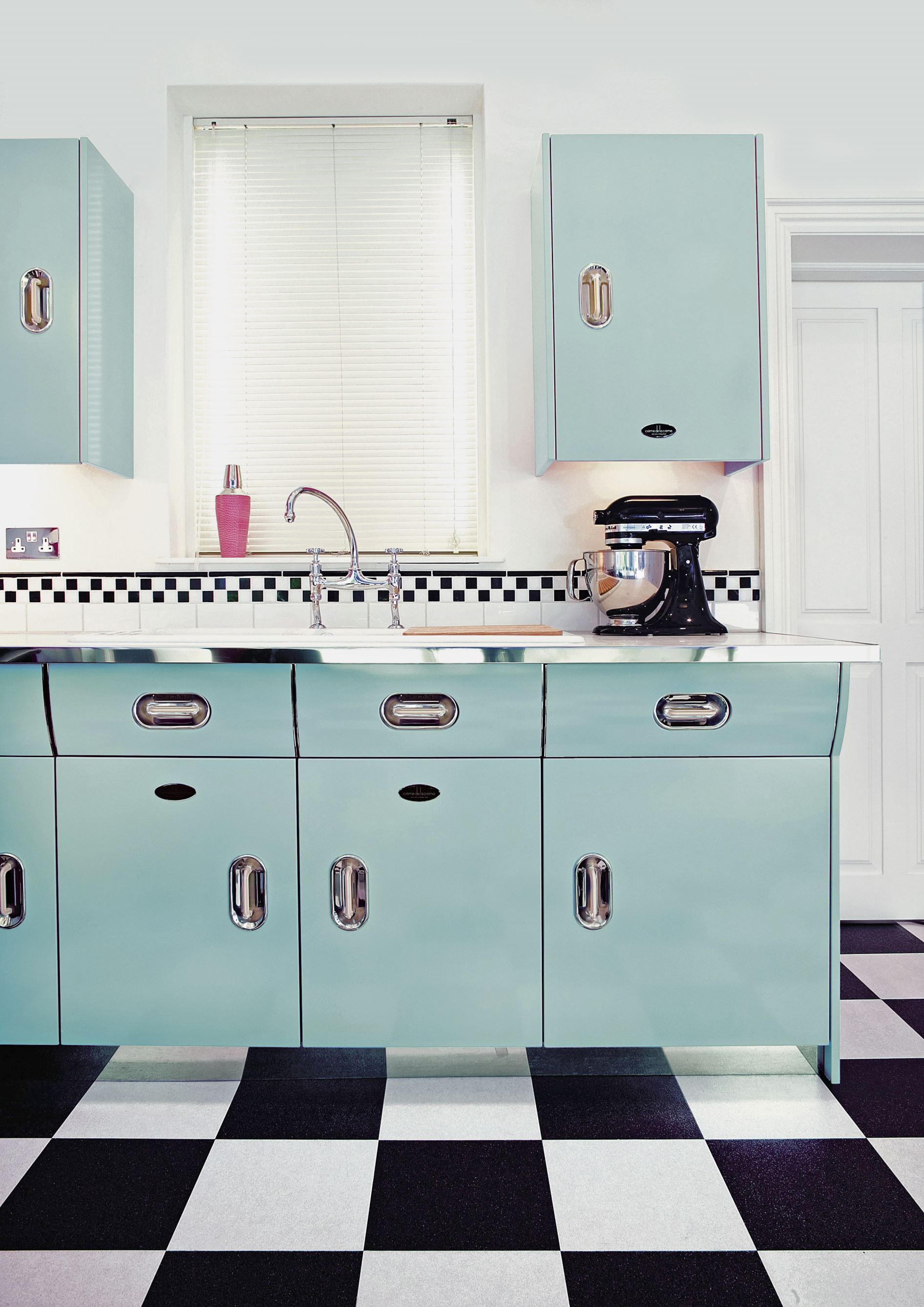
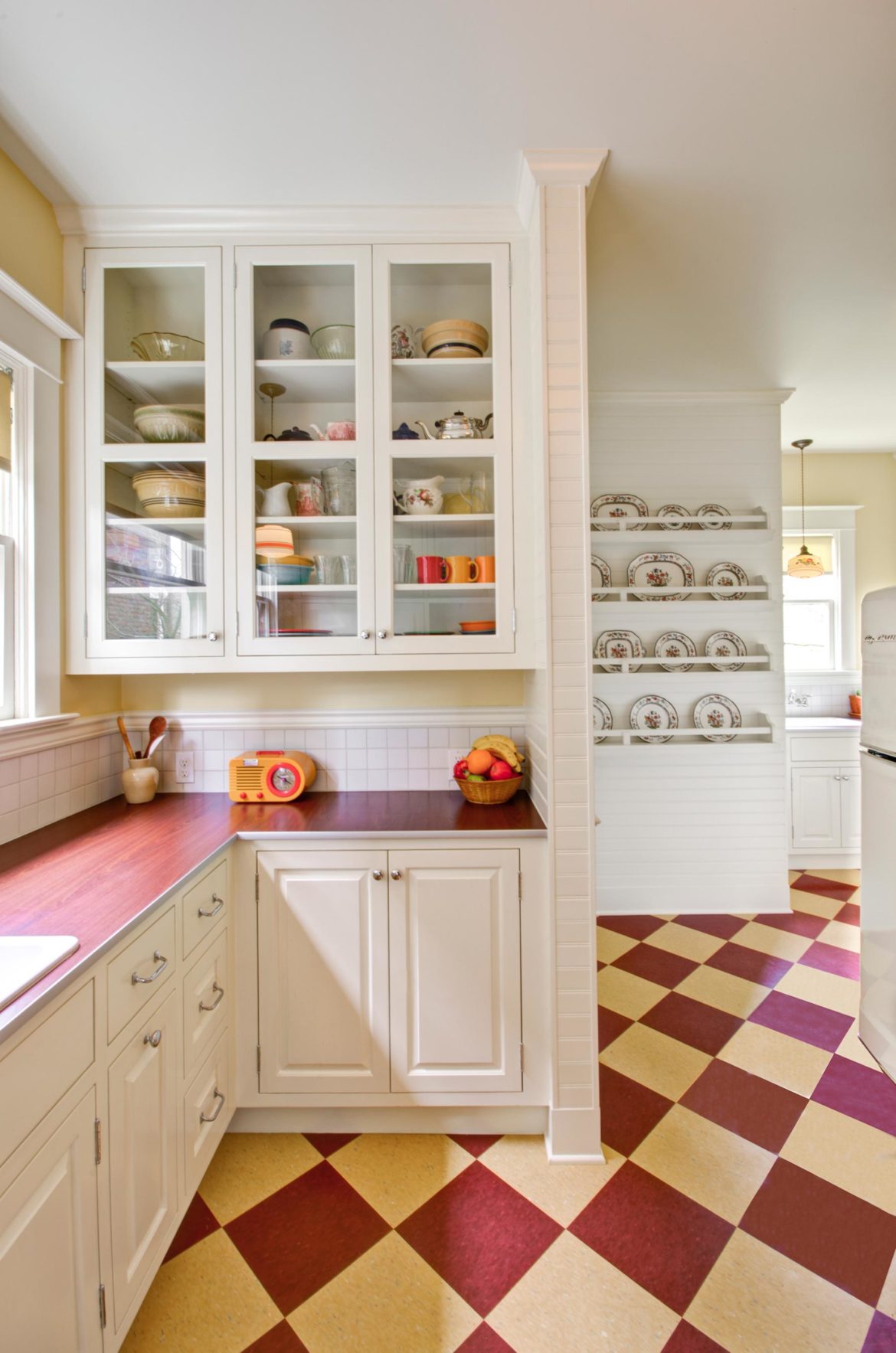

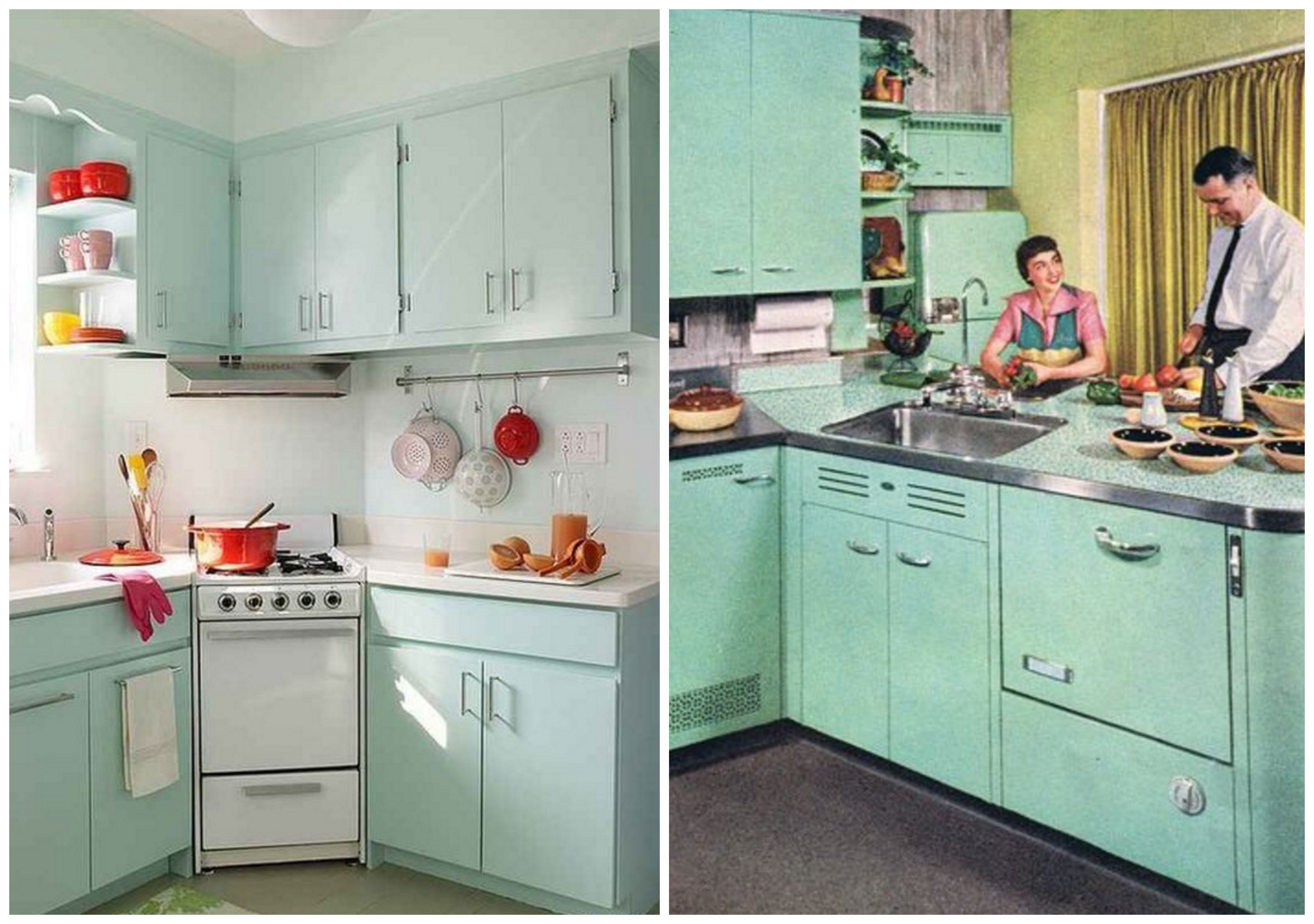
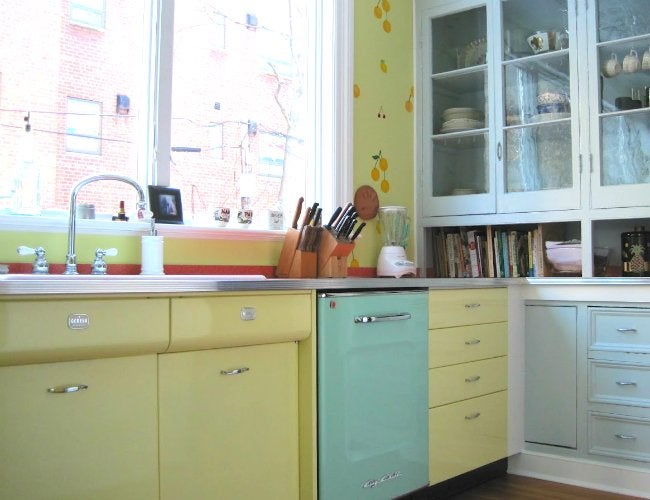
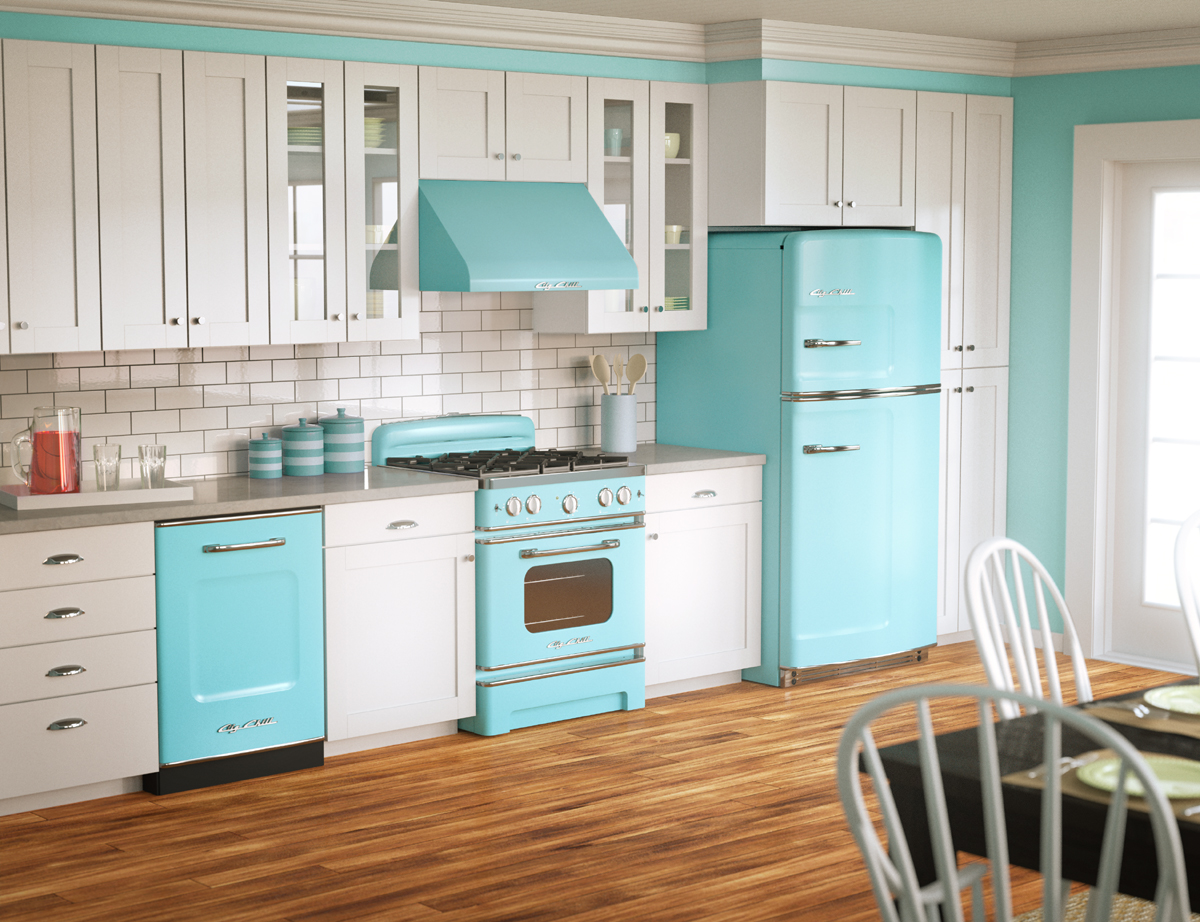
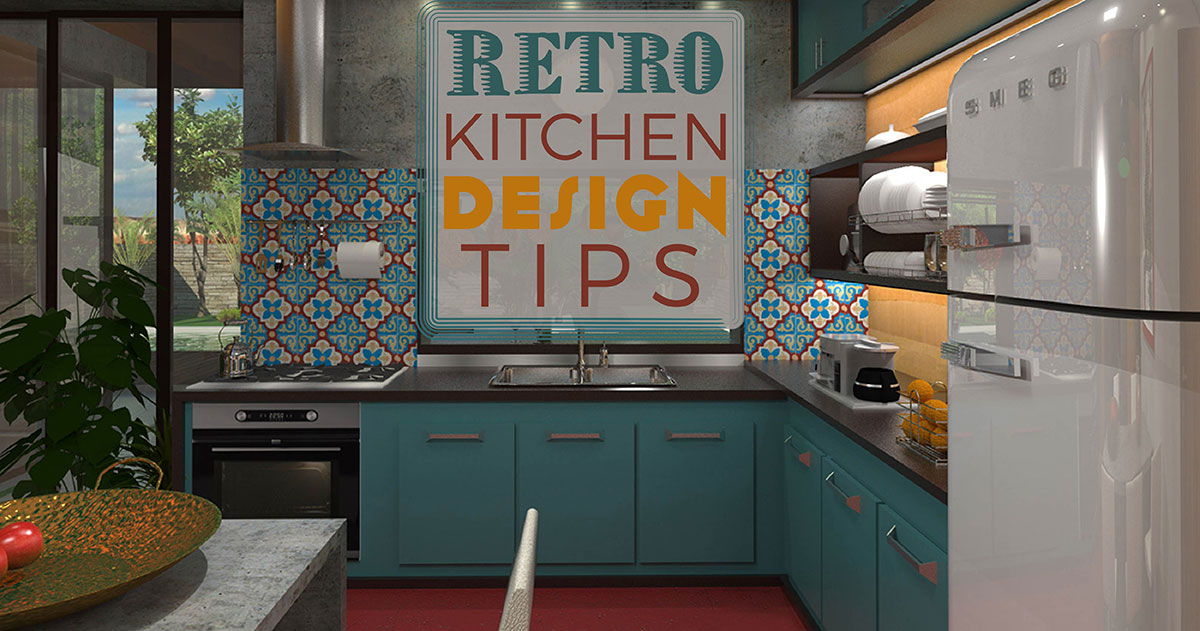
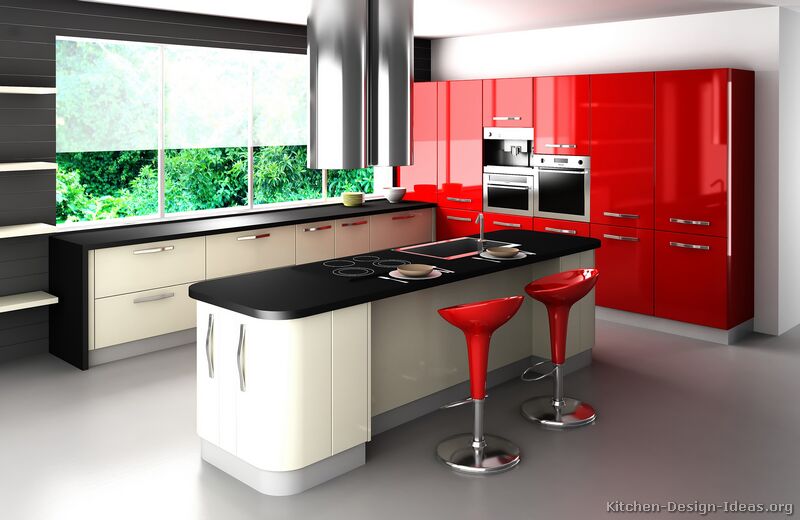
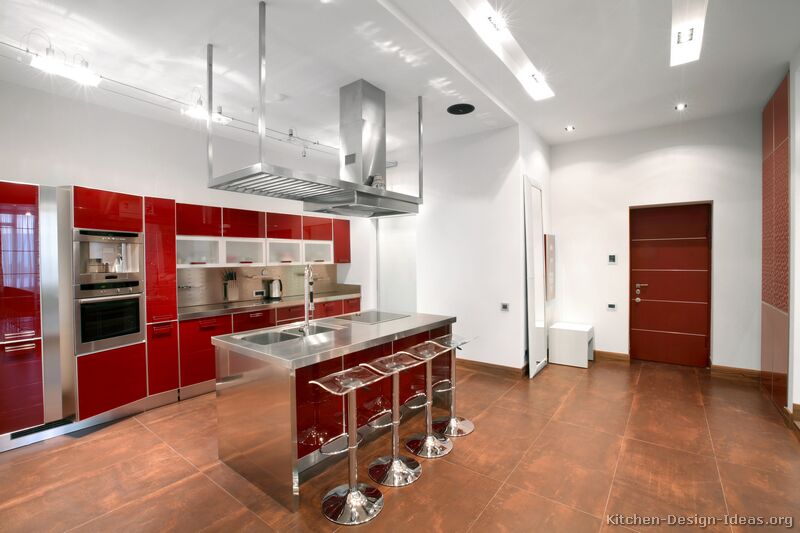

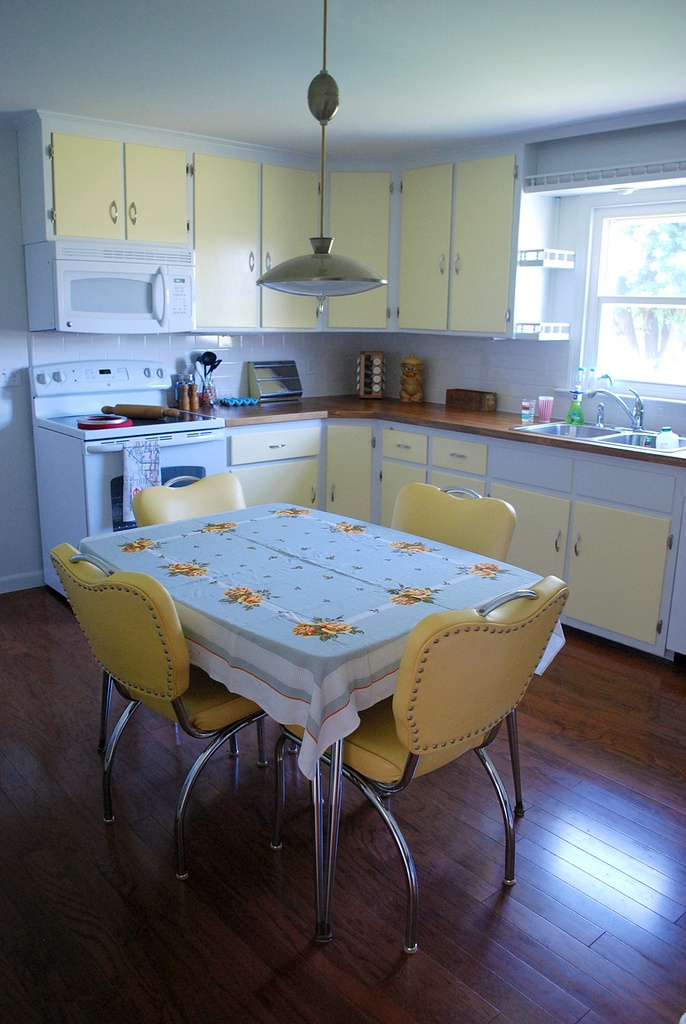
/1950sKitchen-GettyImages-606751901-b552f3e7c2b7414a9fe66138f4aad0af.jpg)







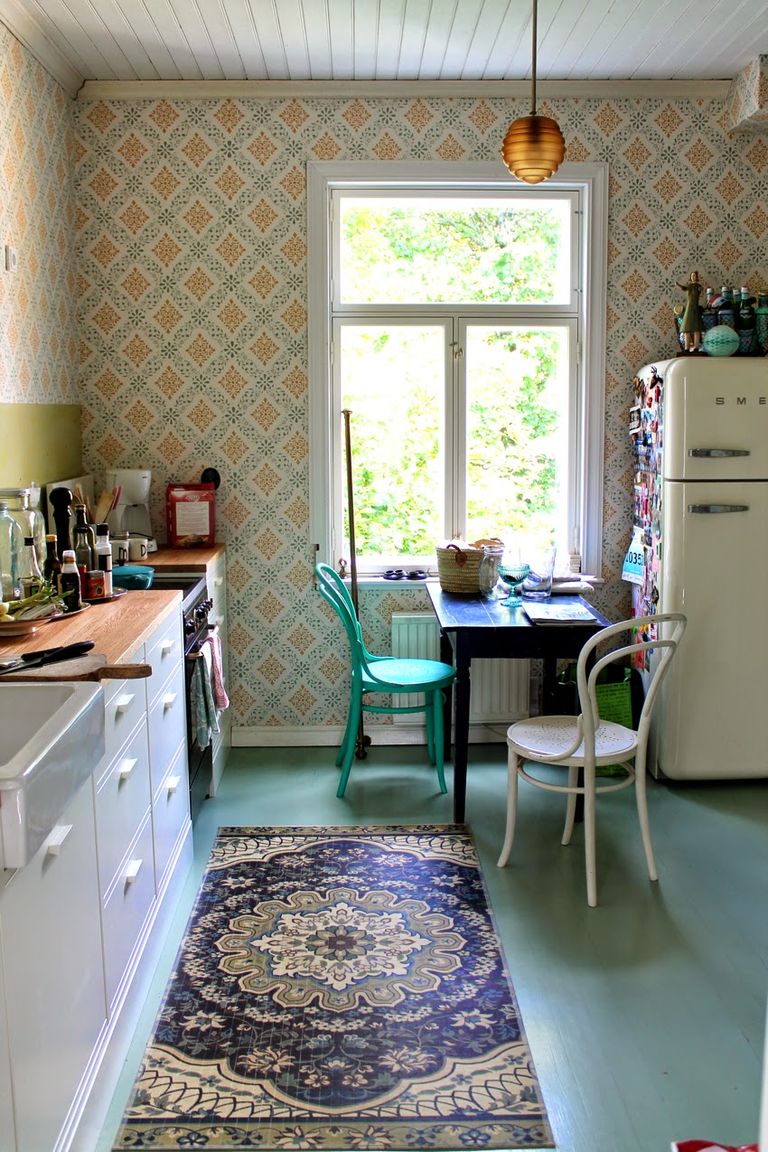

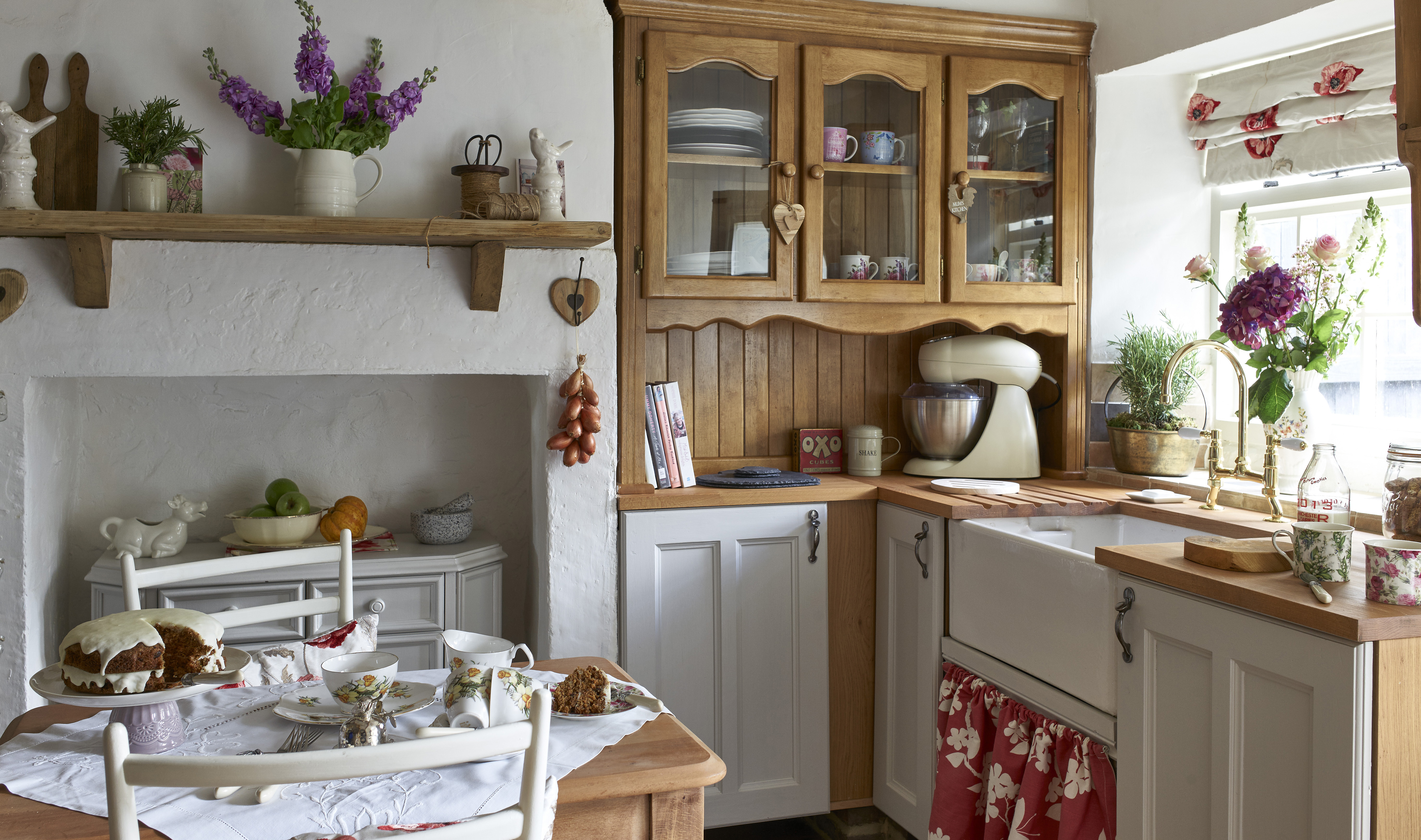
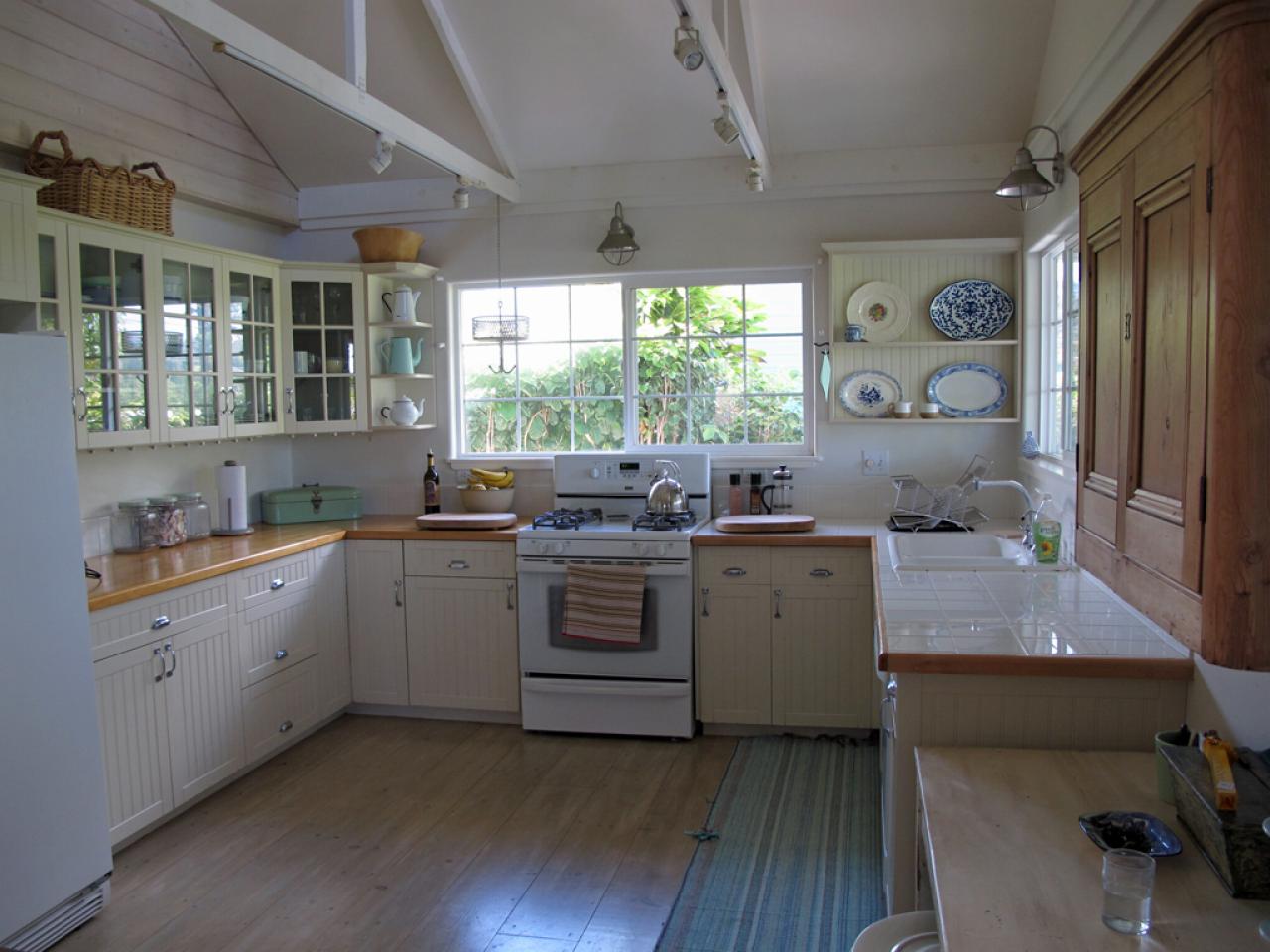
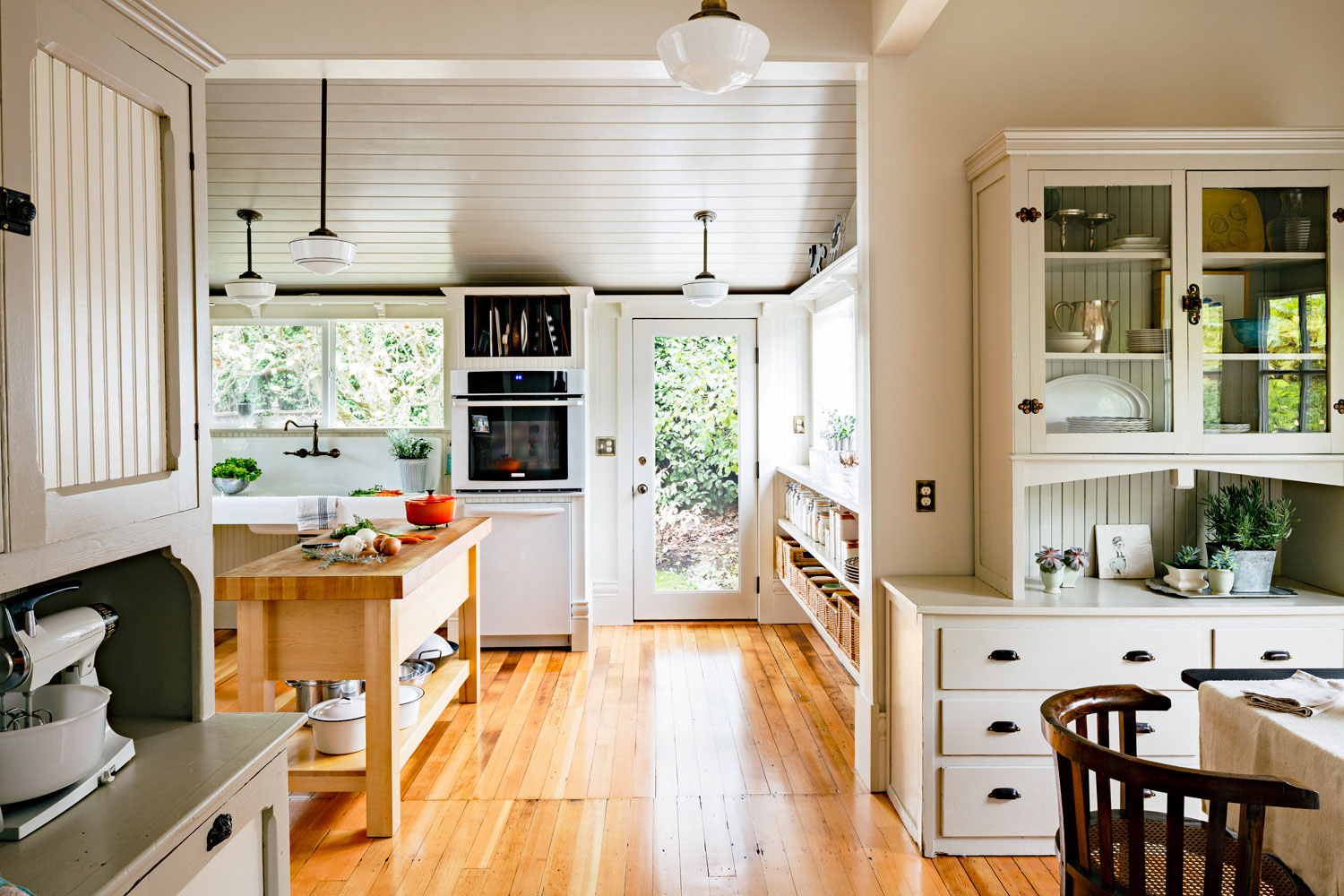

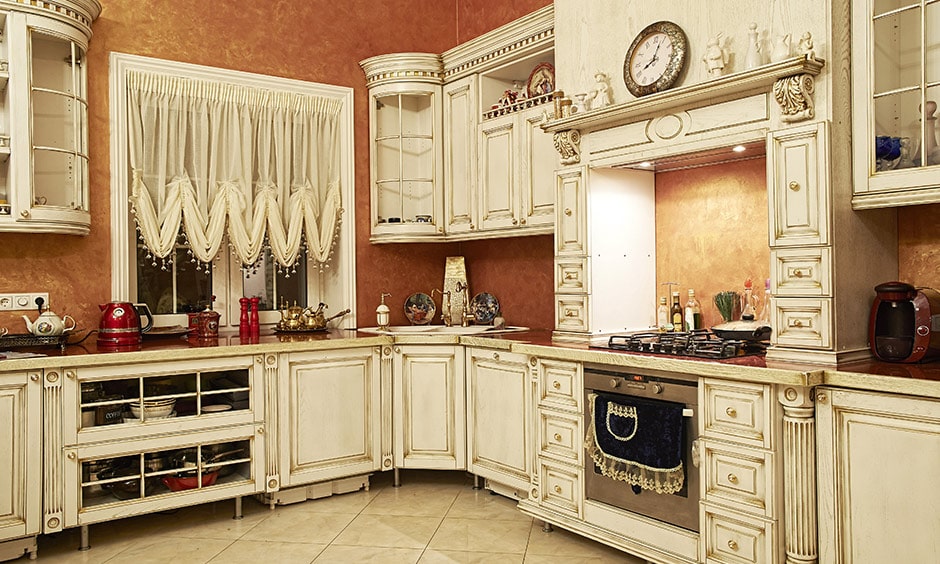
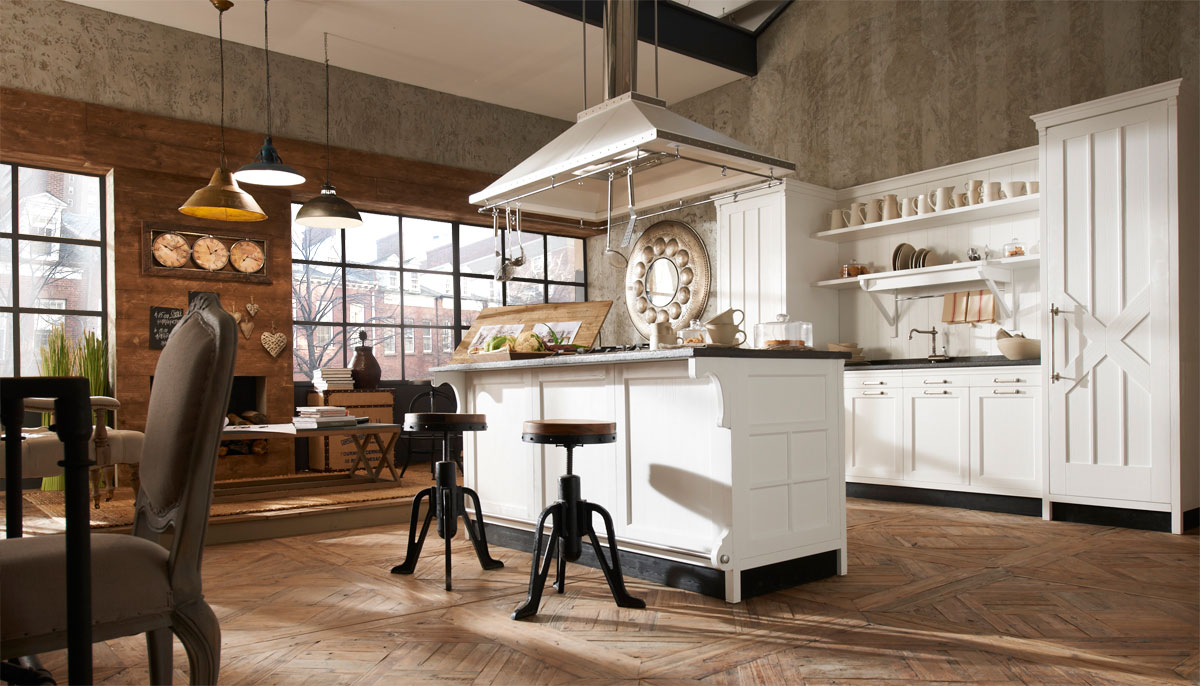

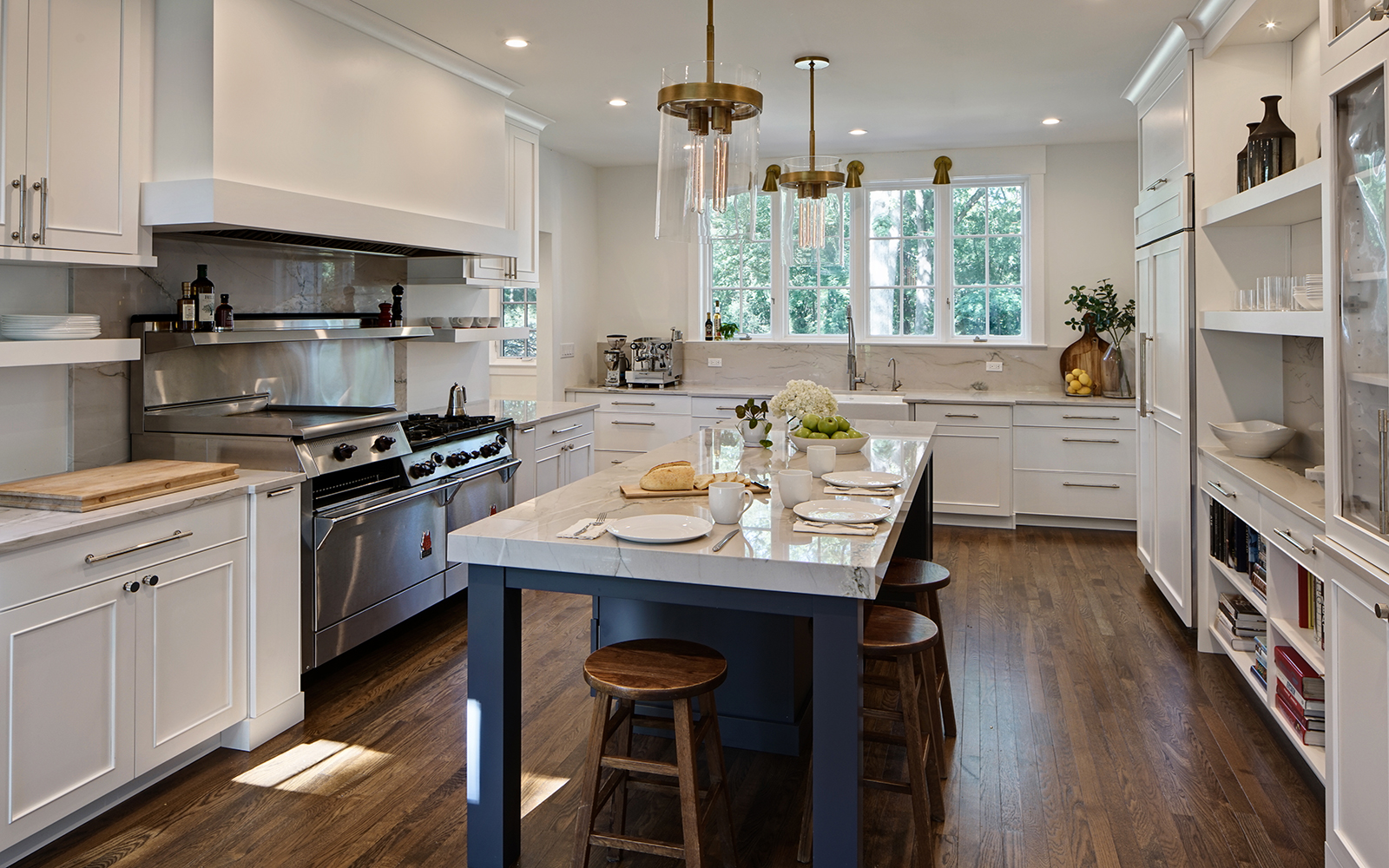







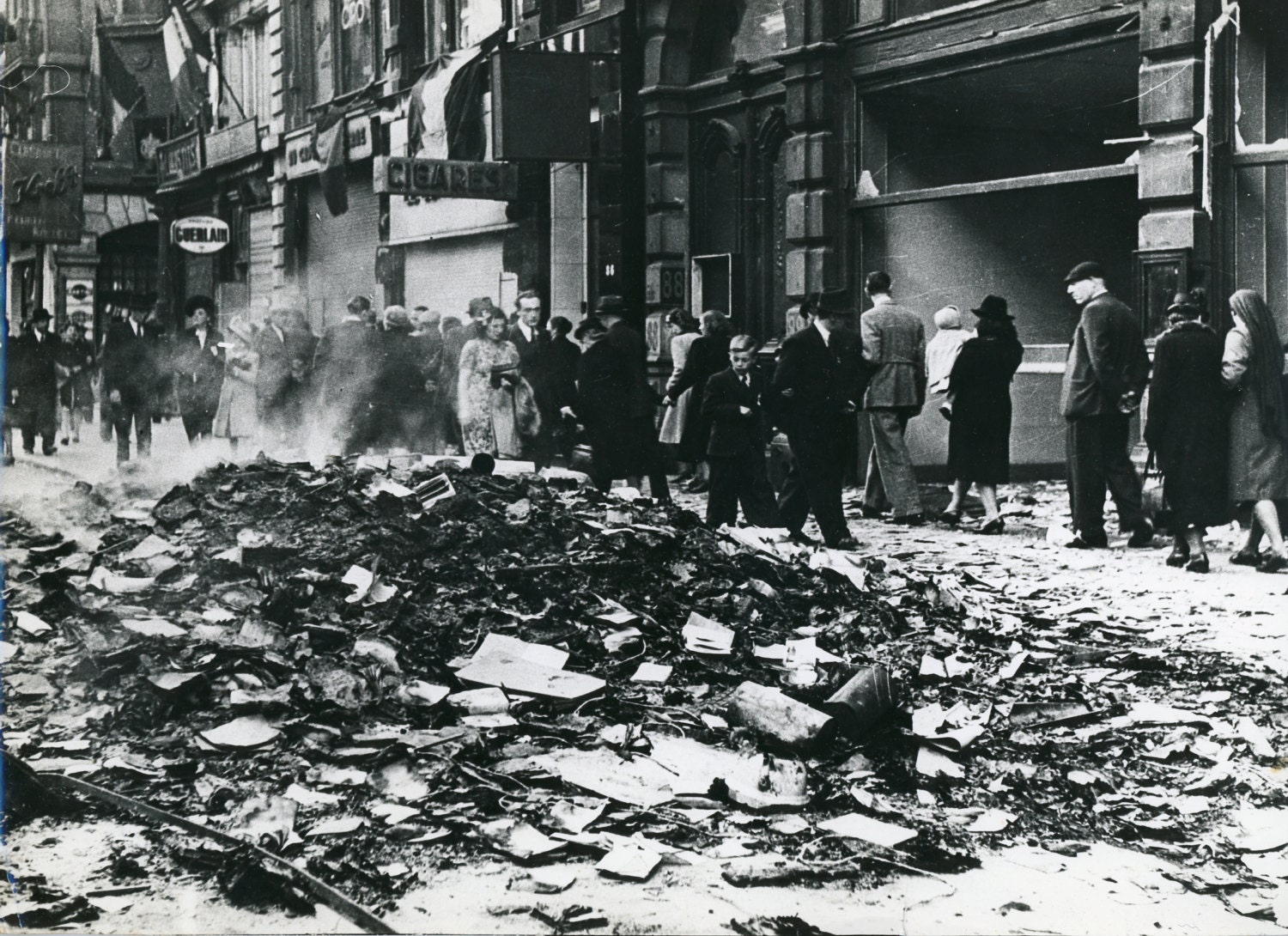

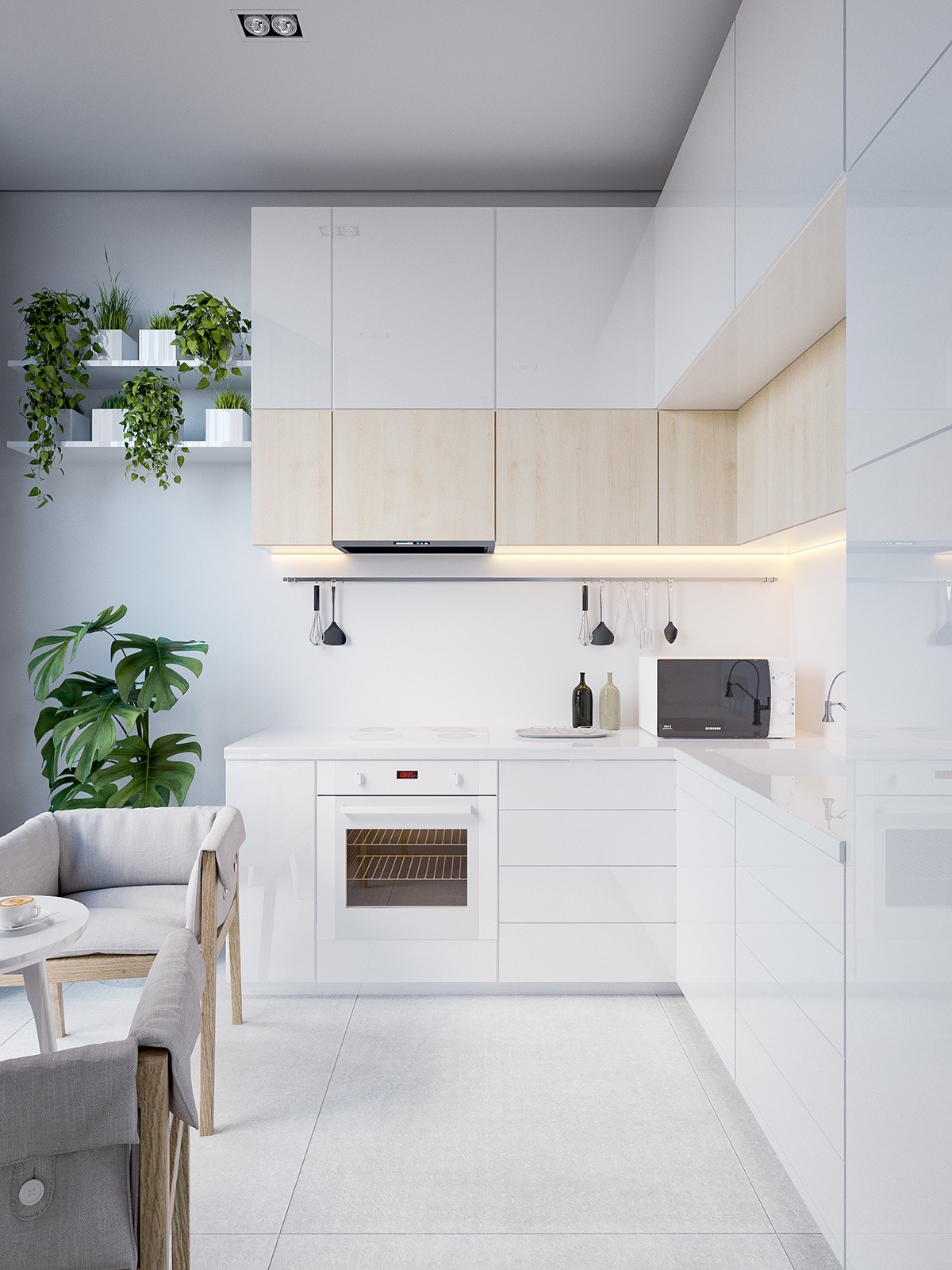

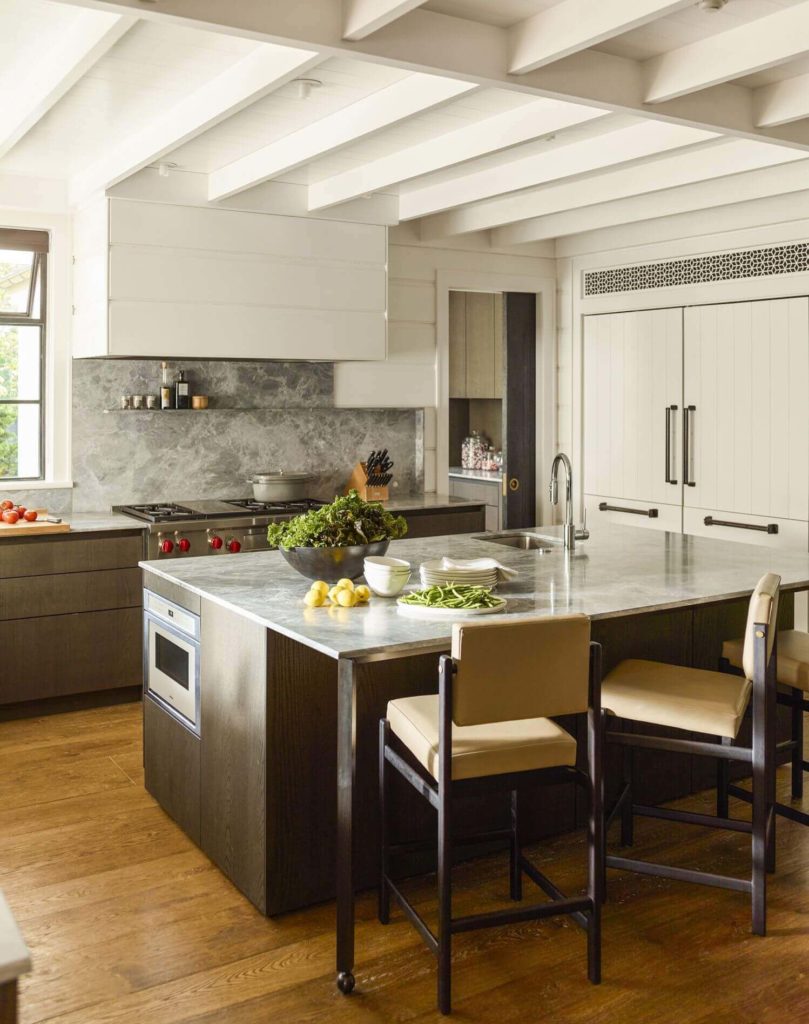
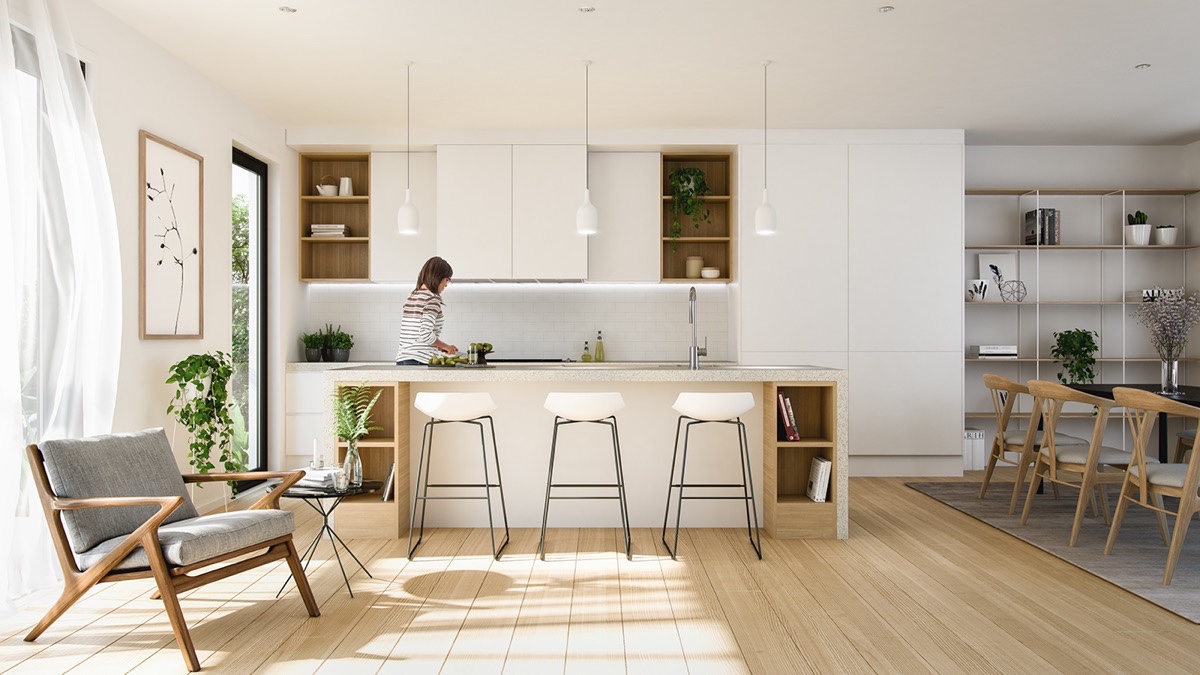
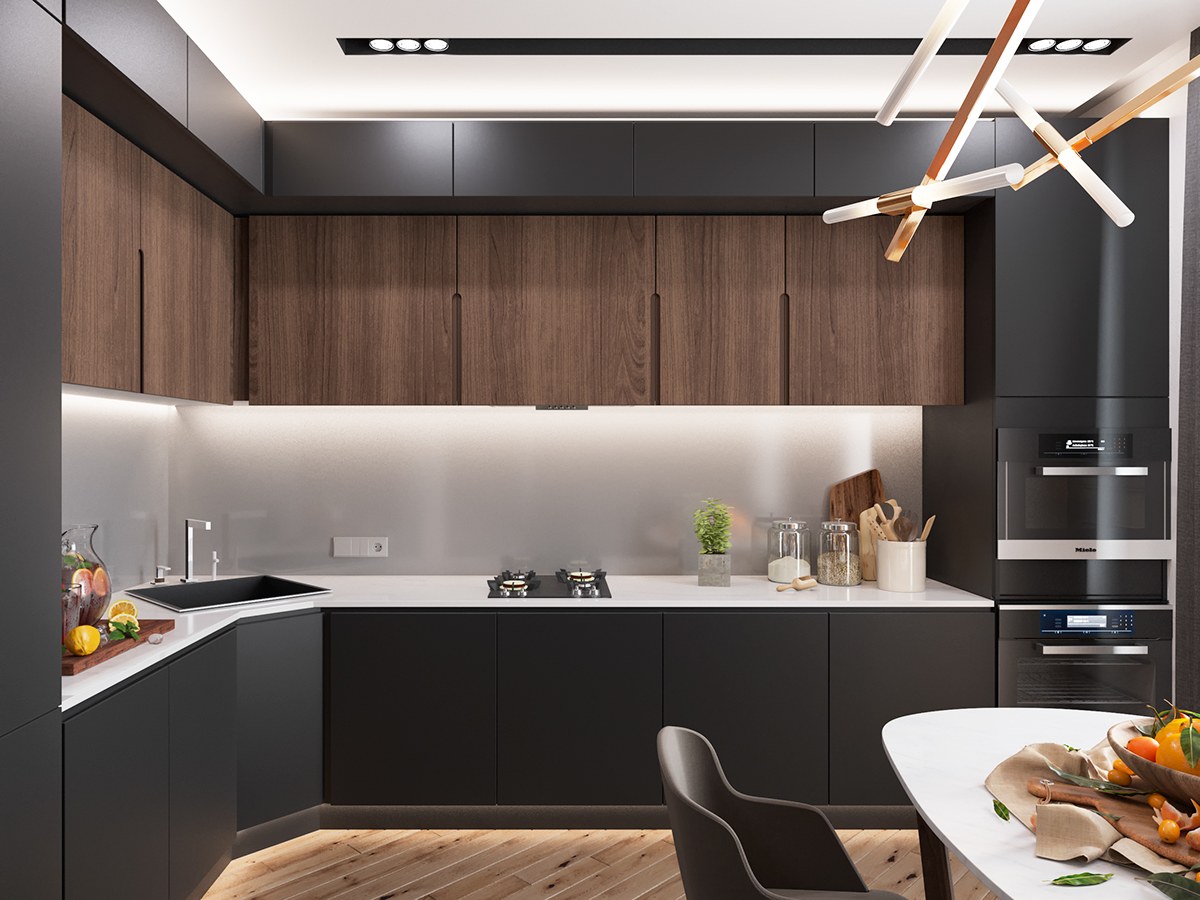
/LLanzetta_ChicagoKitchen-a443a96a135b40aeada9b054c5ceba8c.jpg)
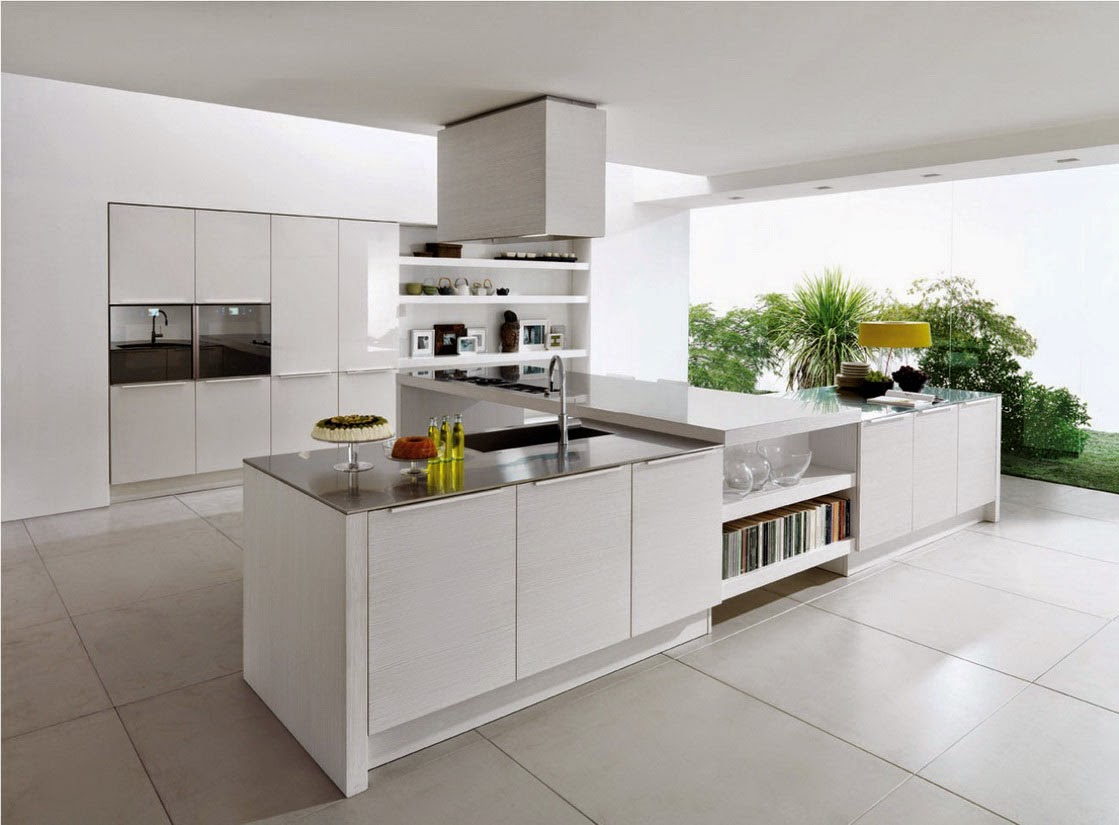
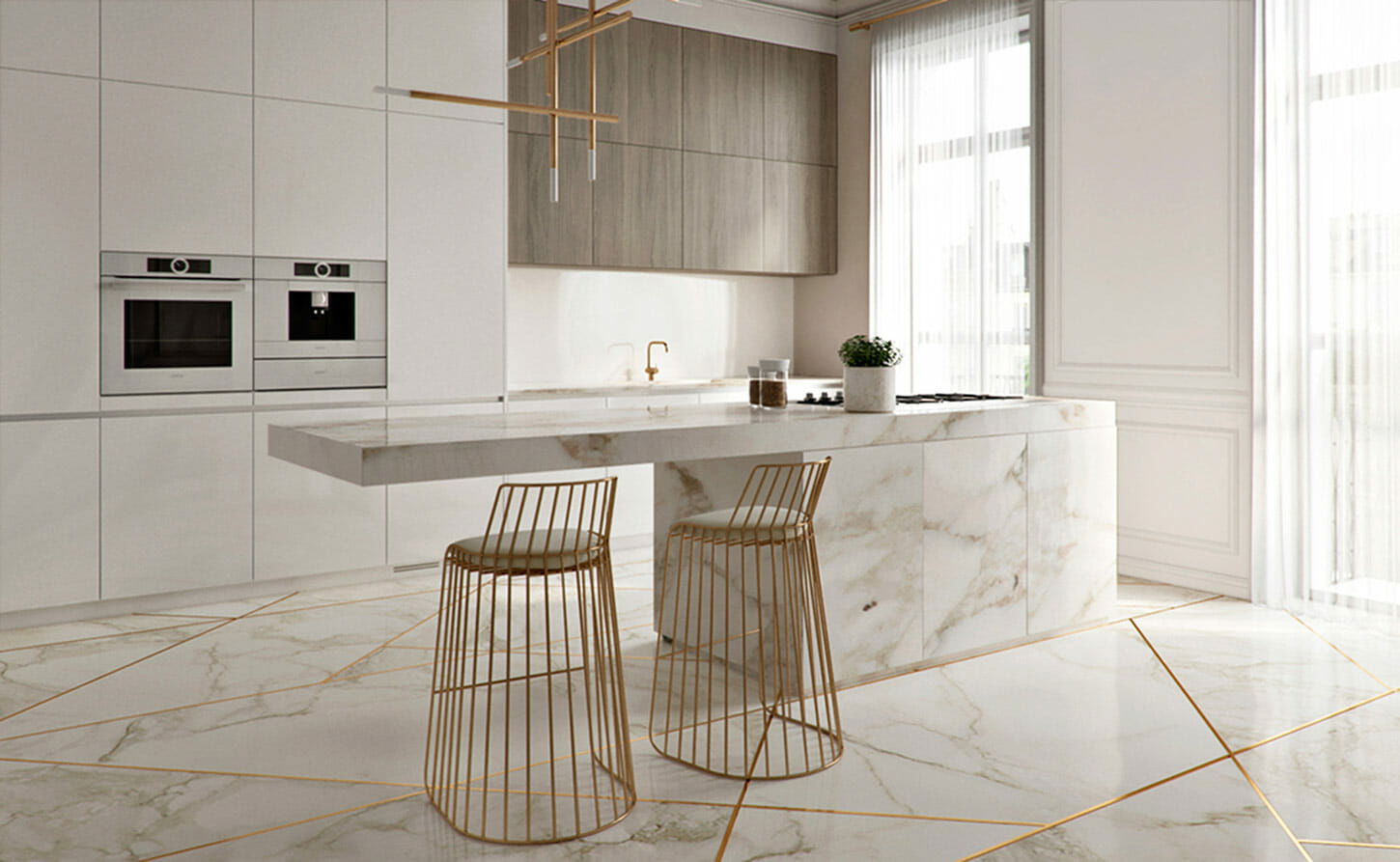
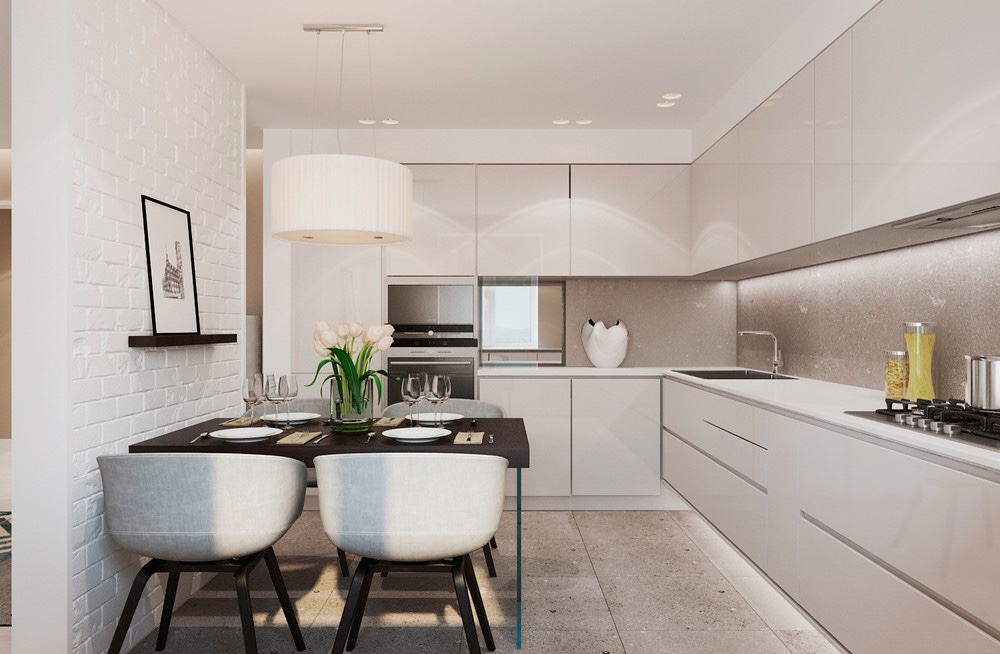
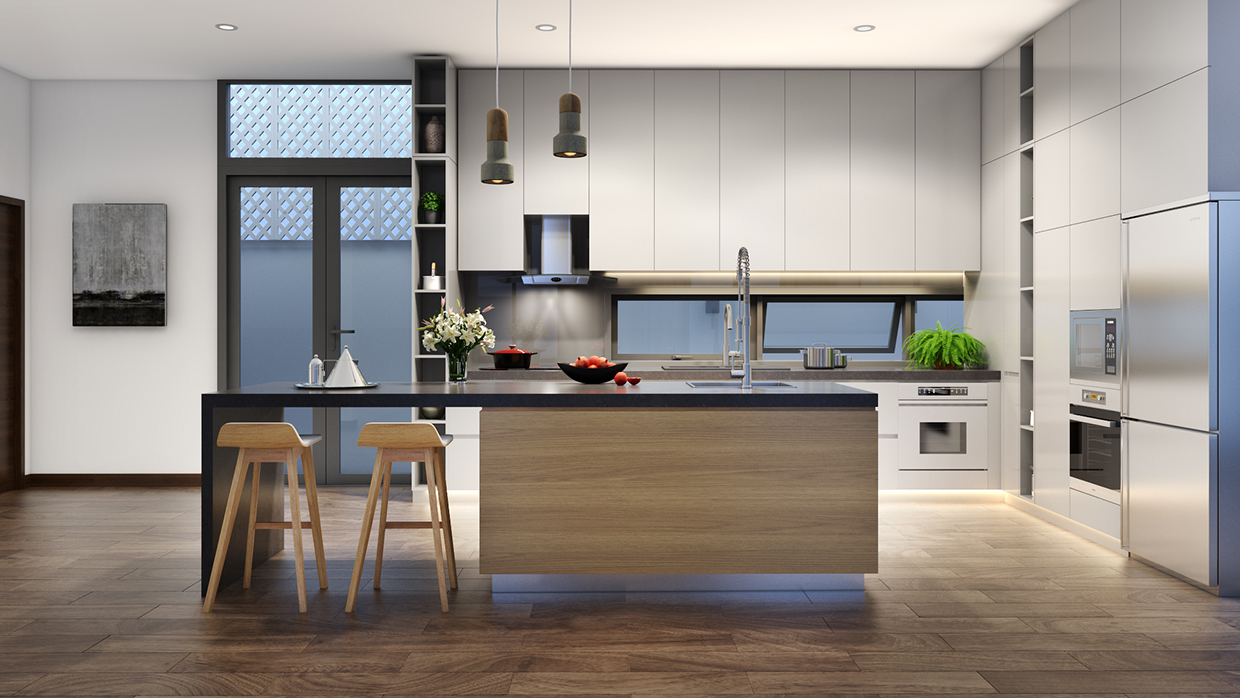
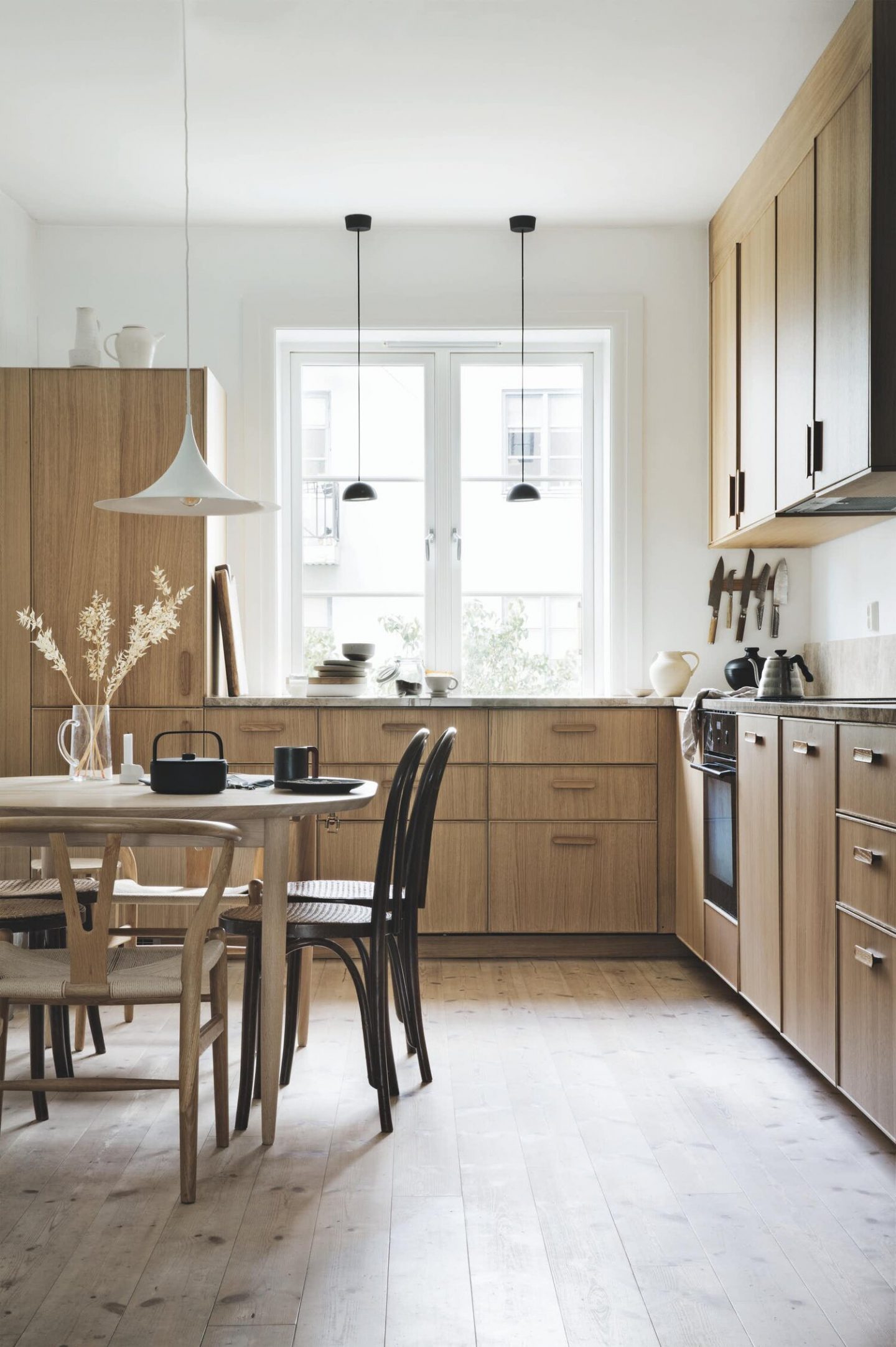
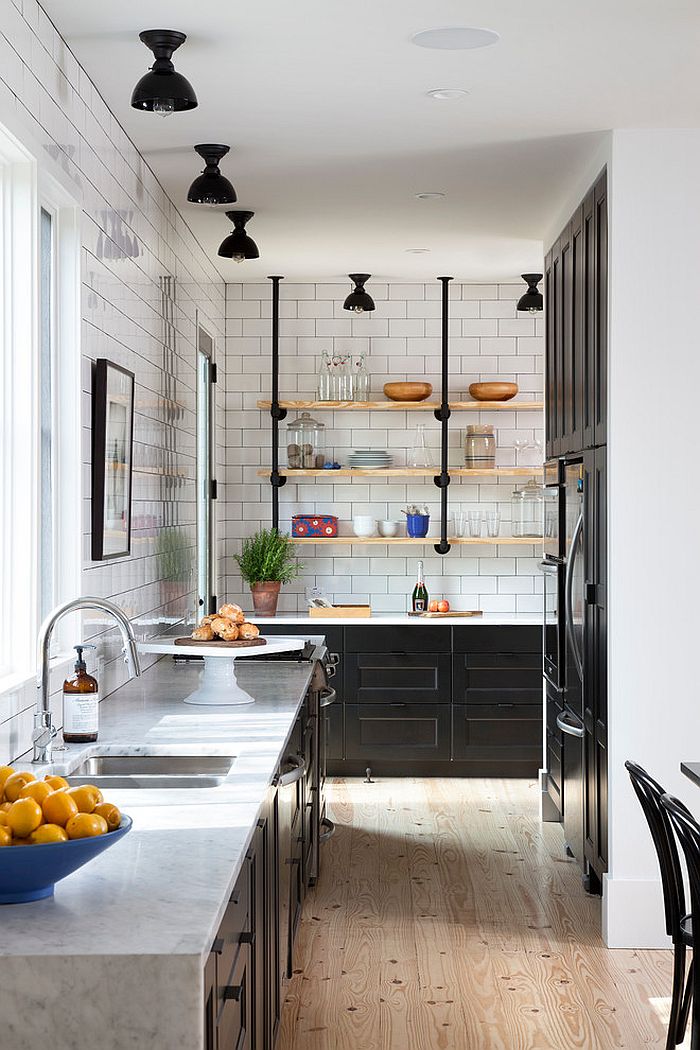

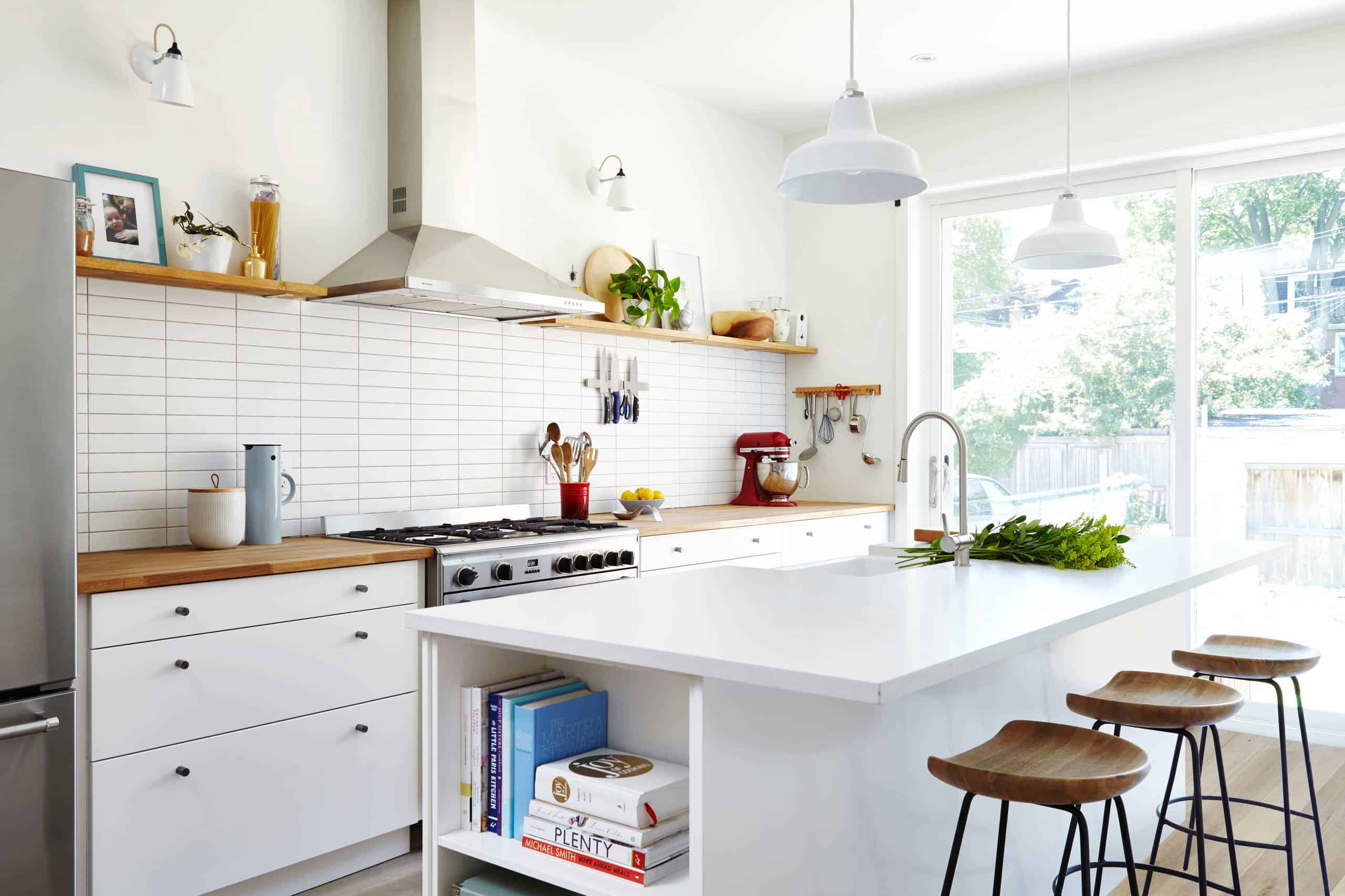
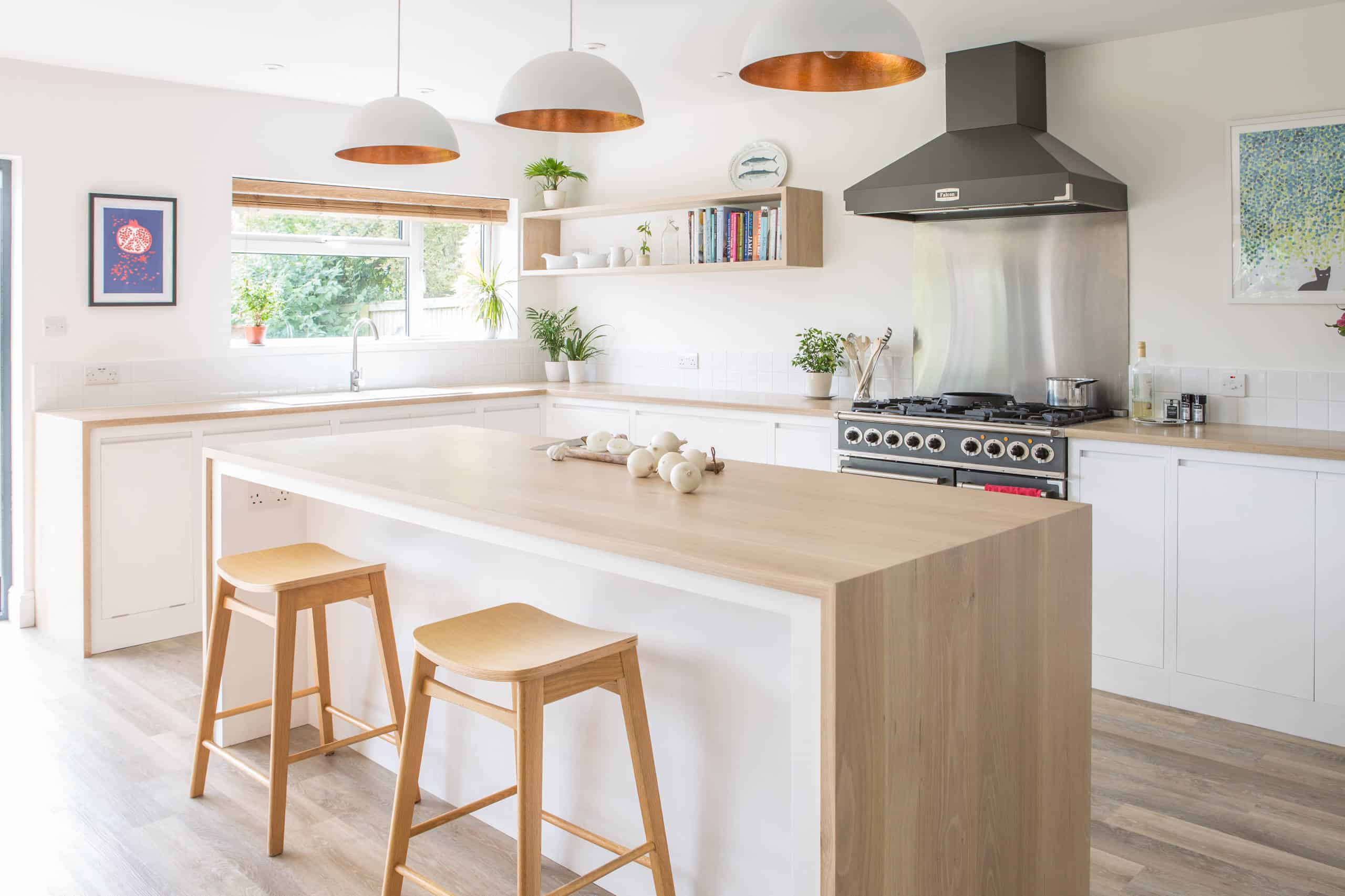
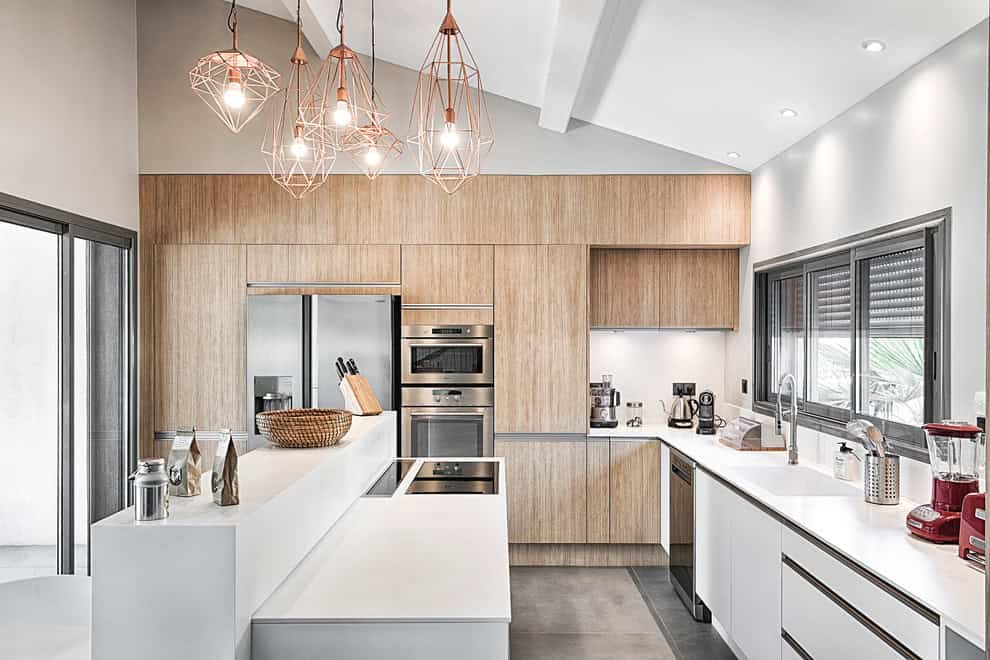
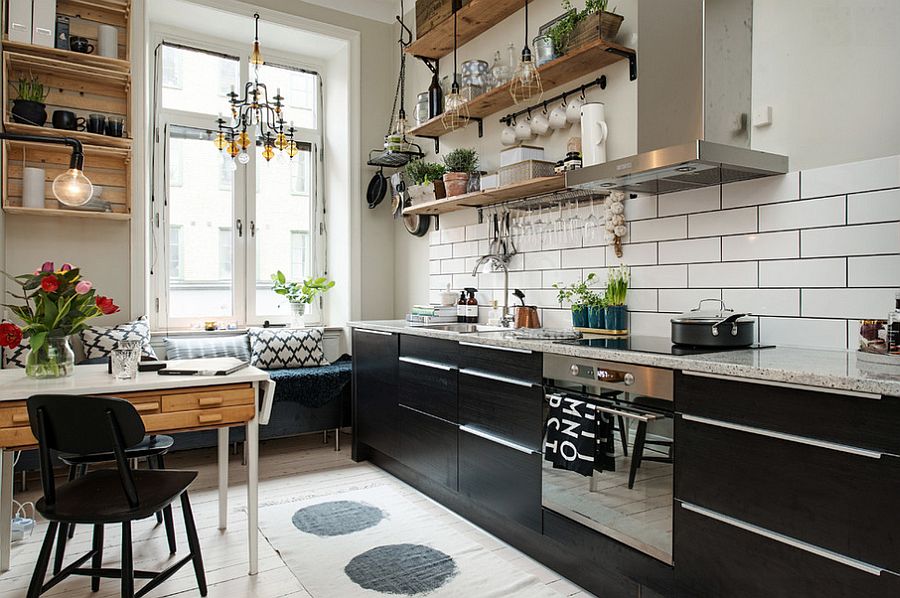
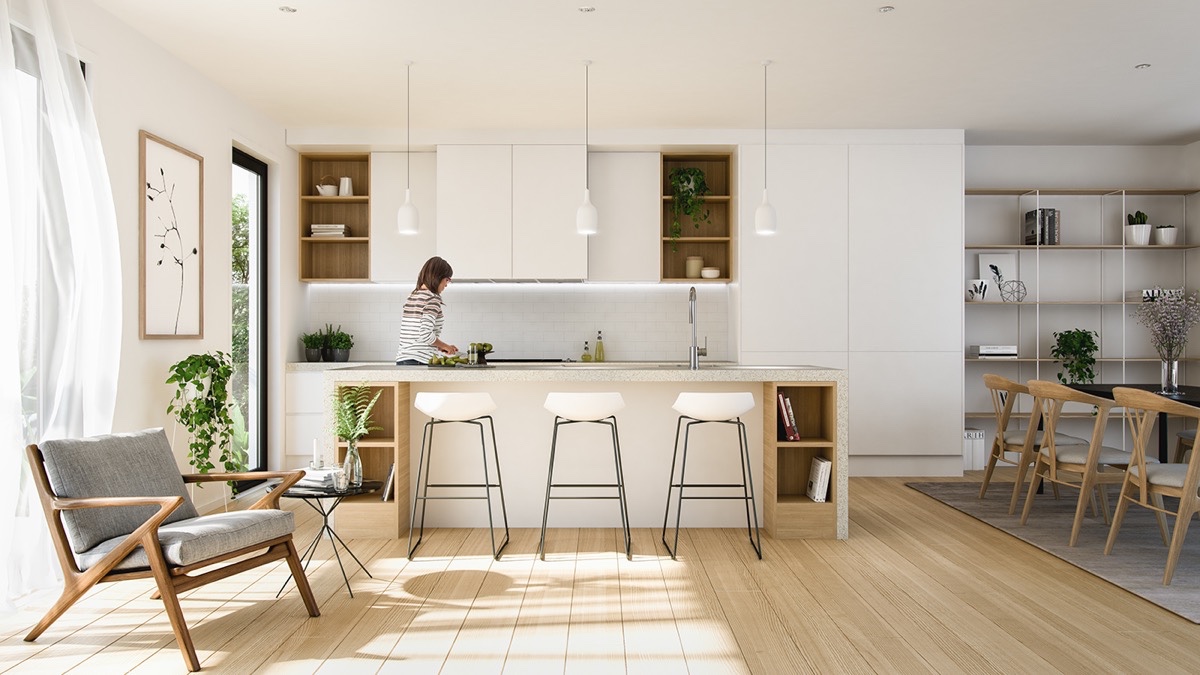

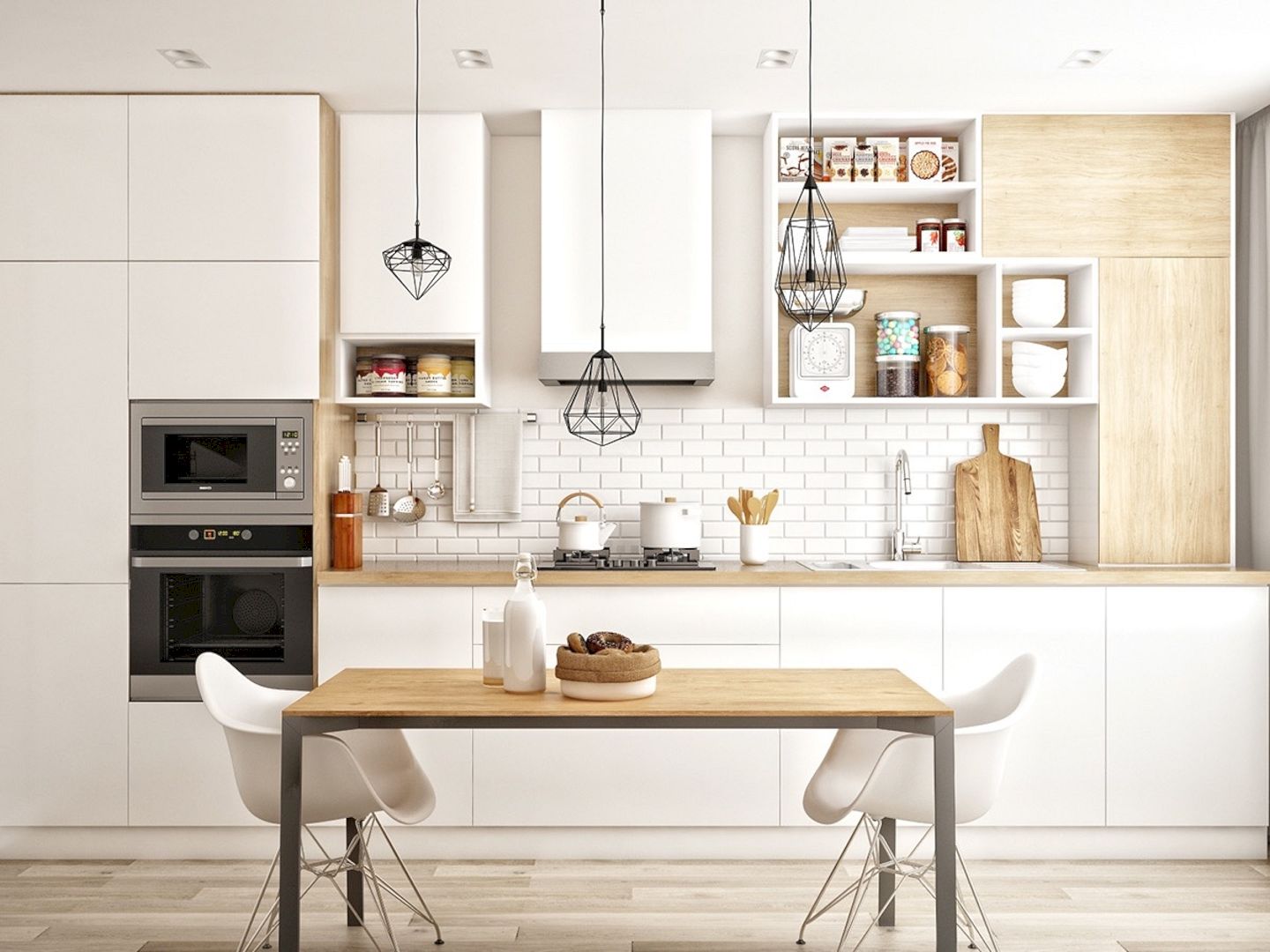

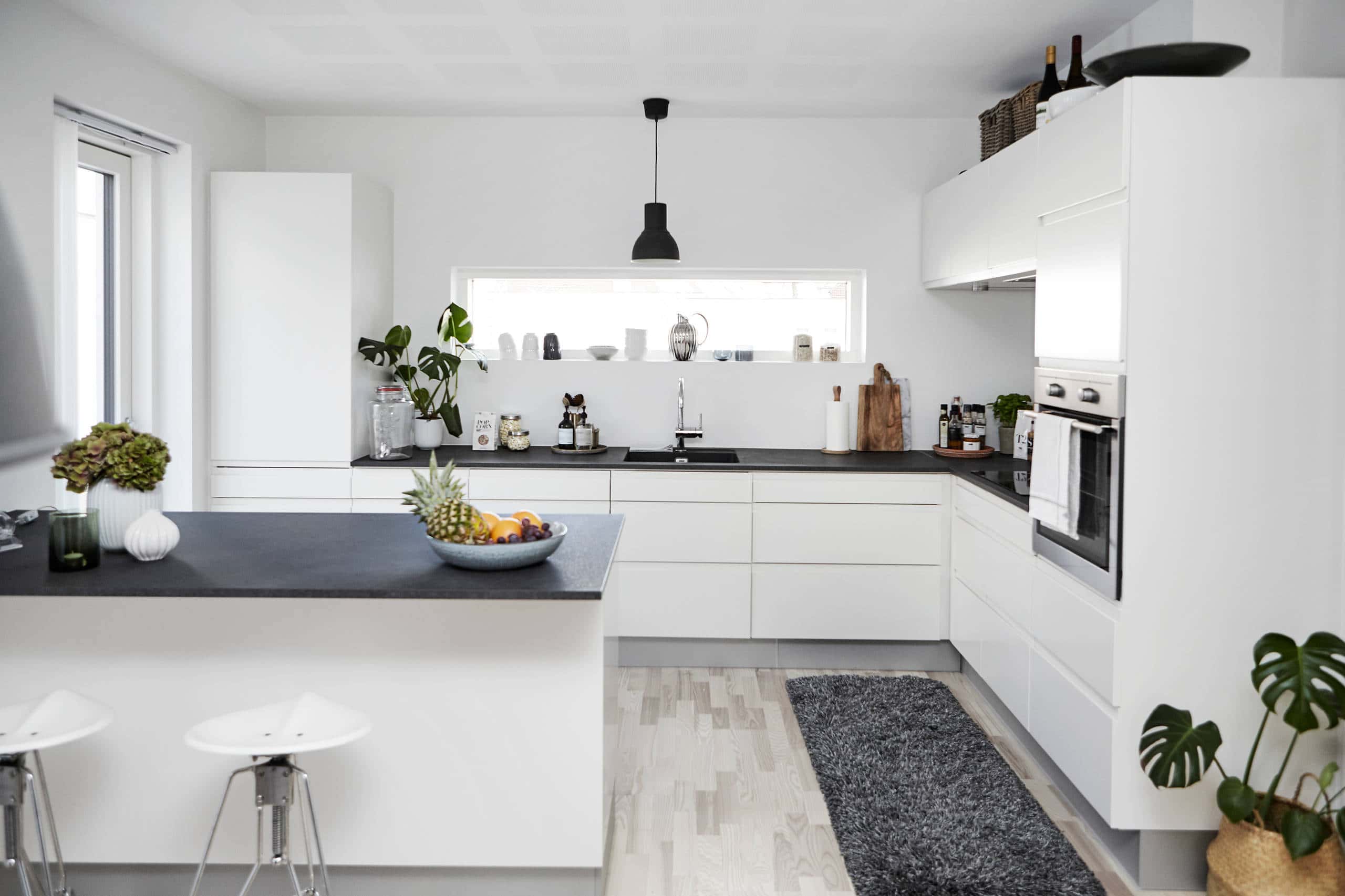
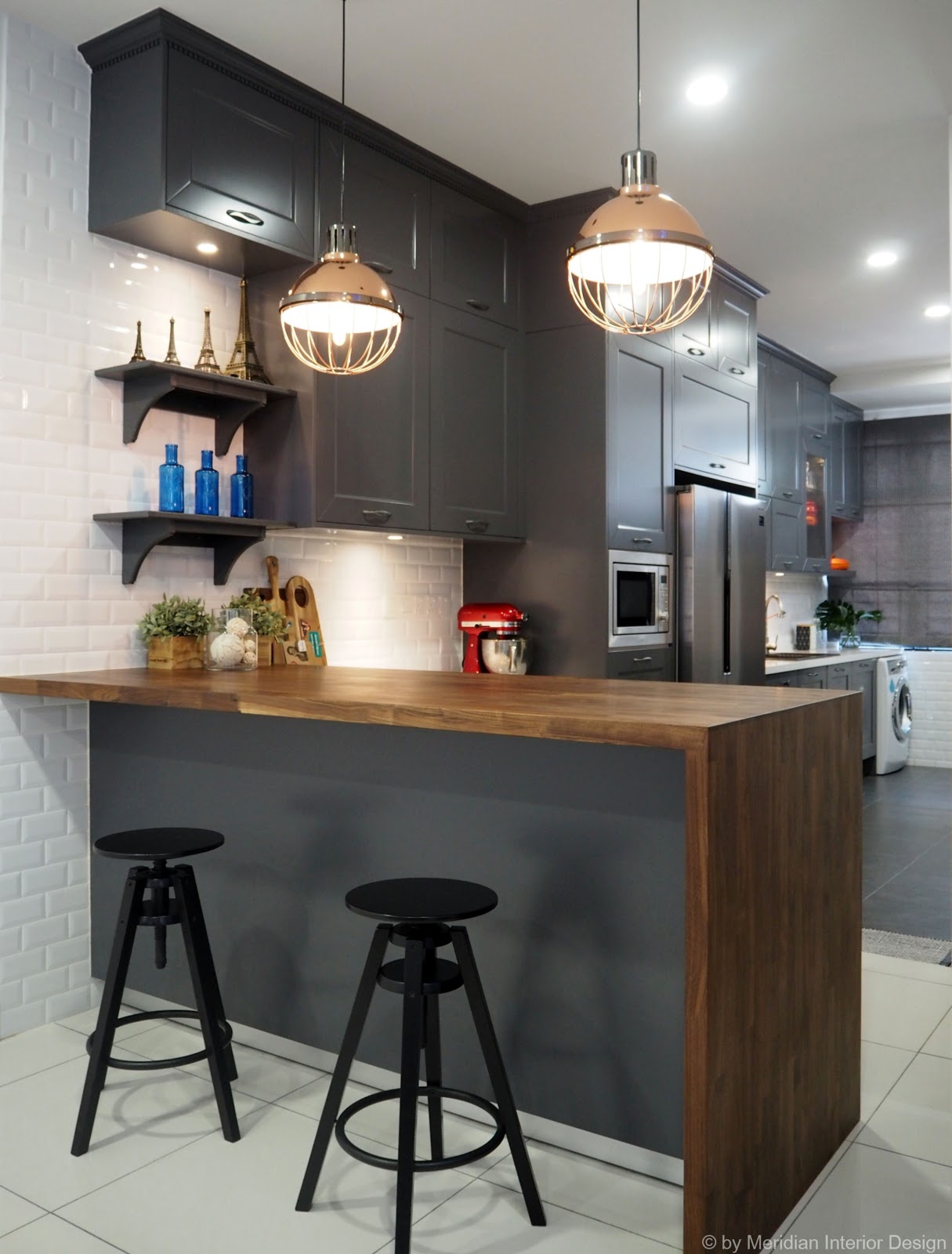




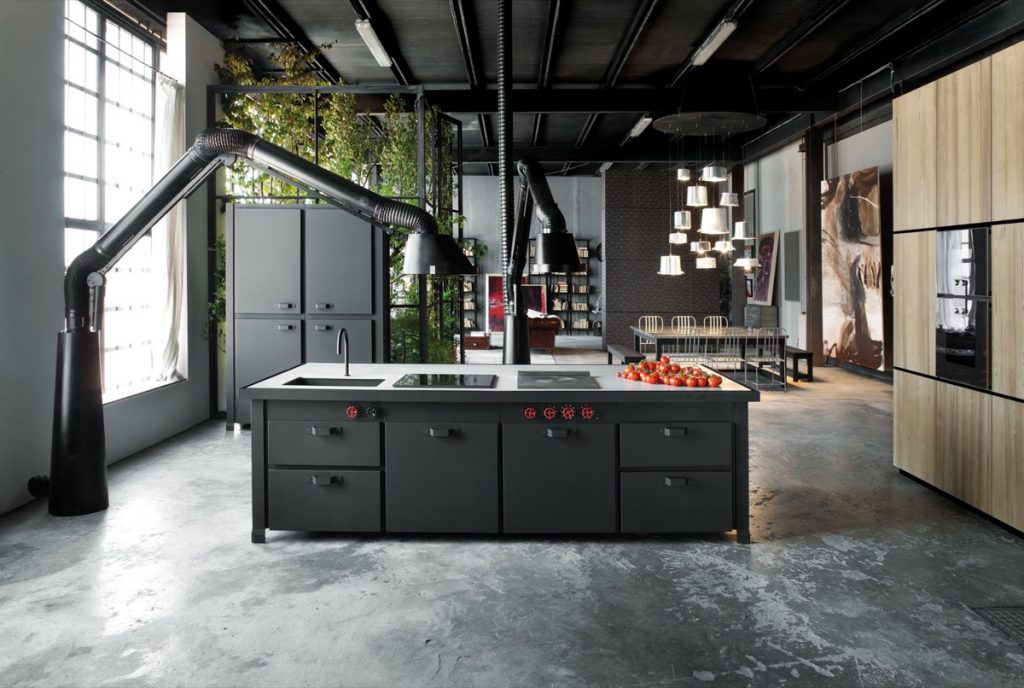
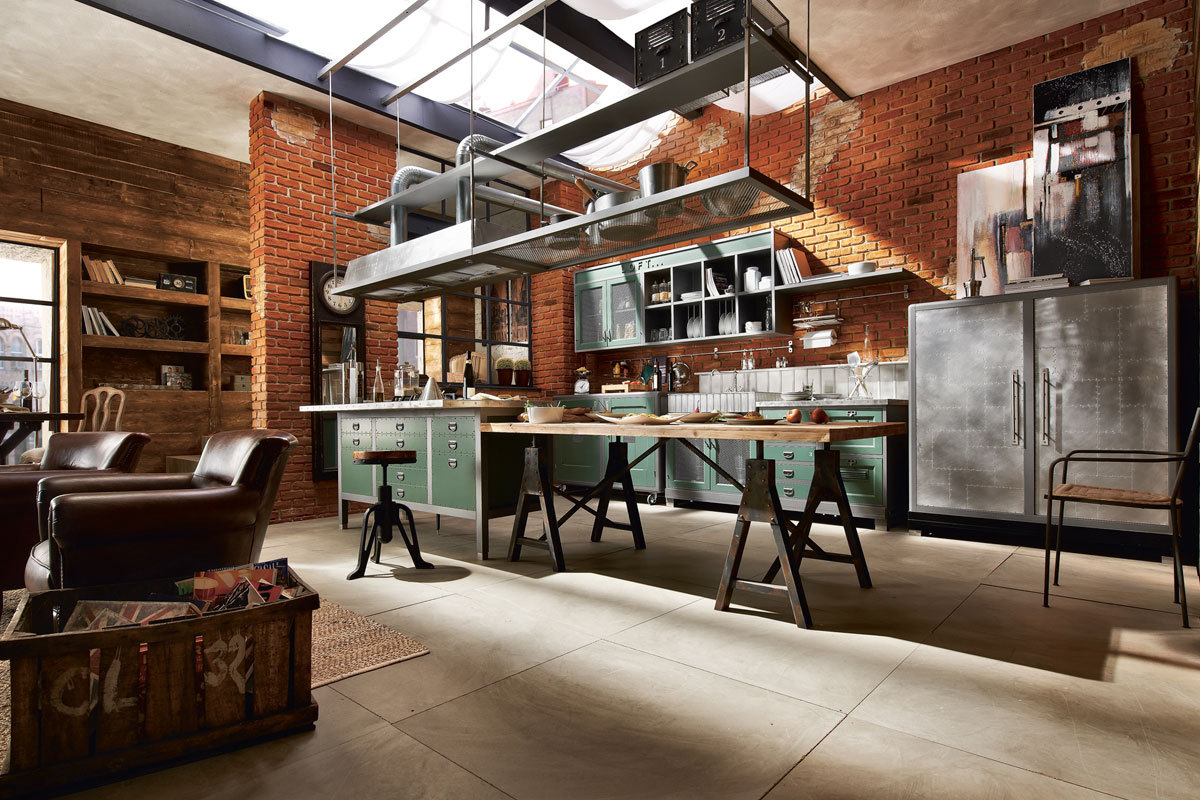
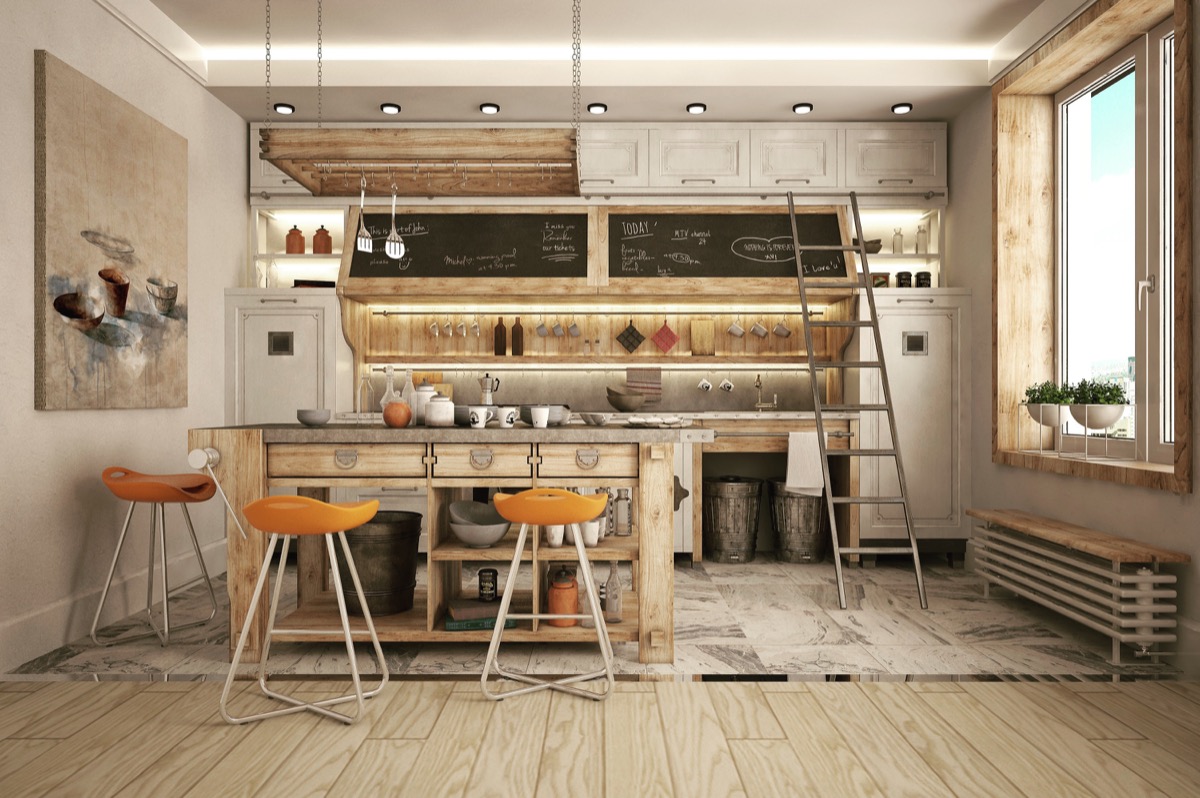
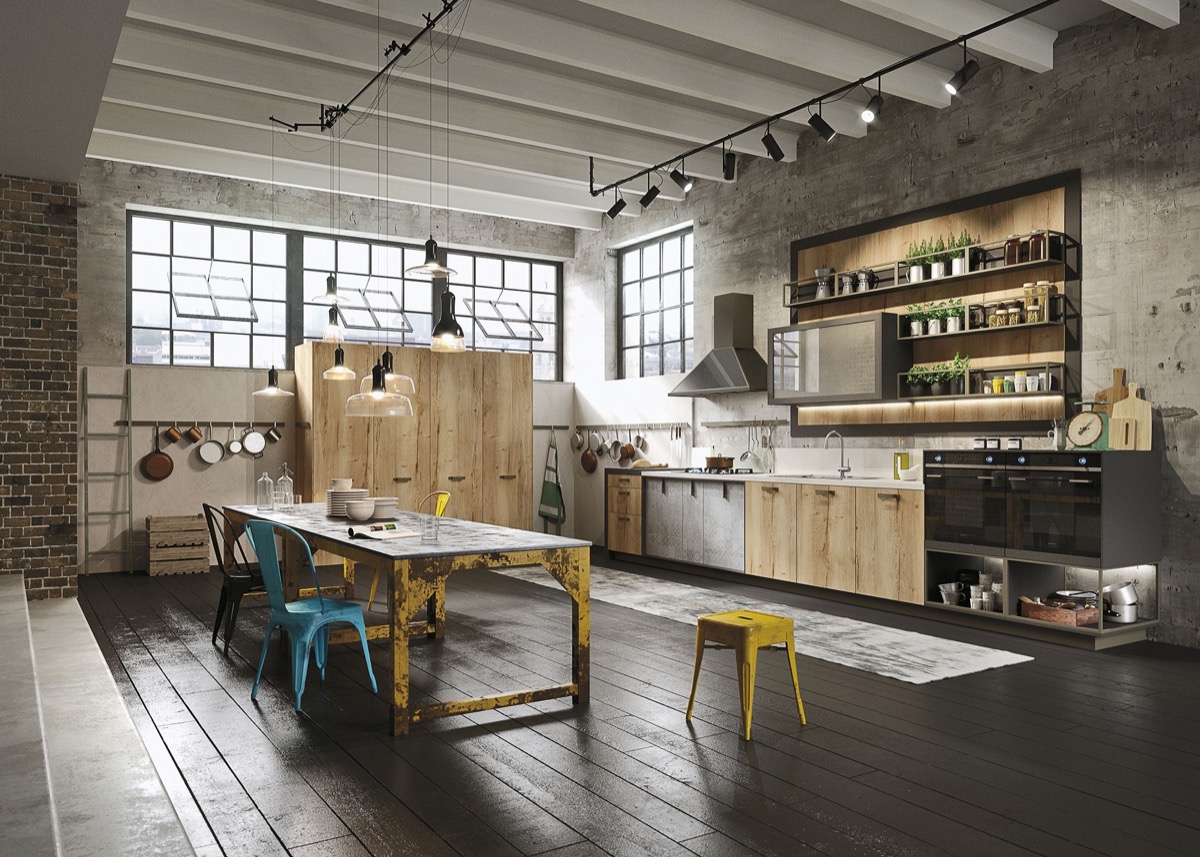
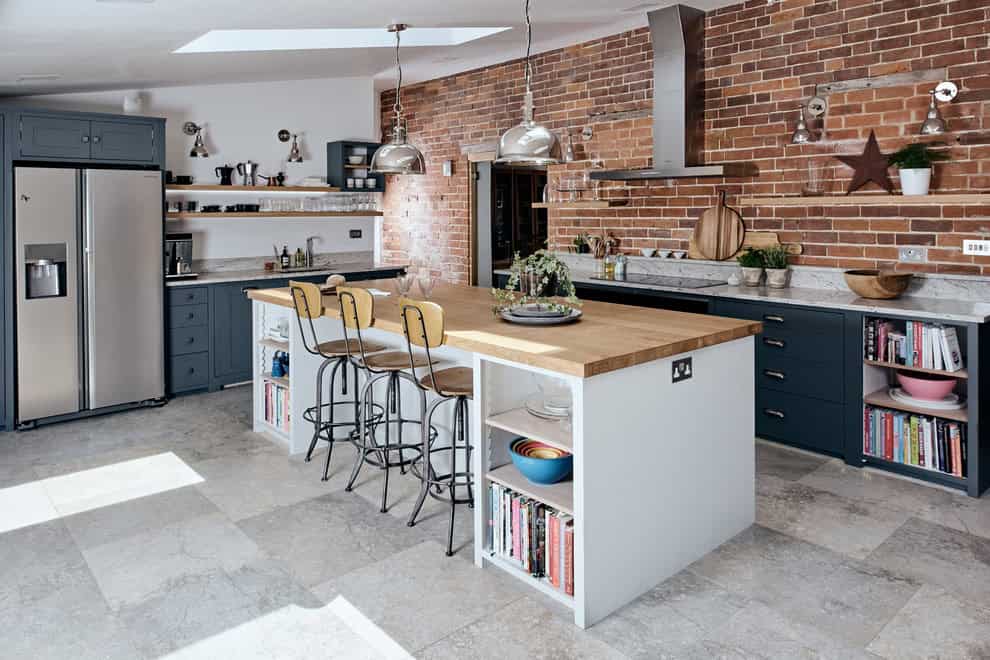



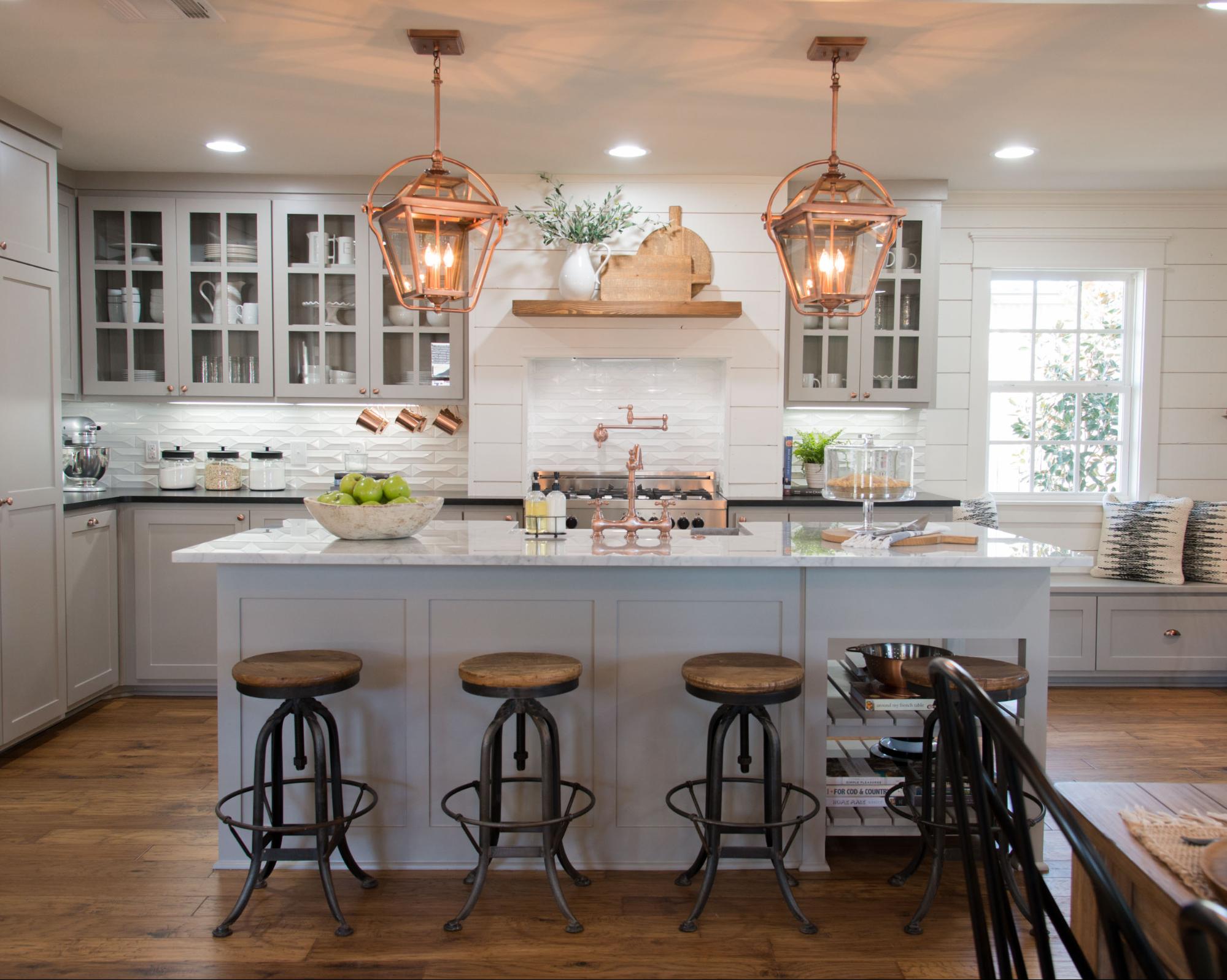

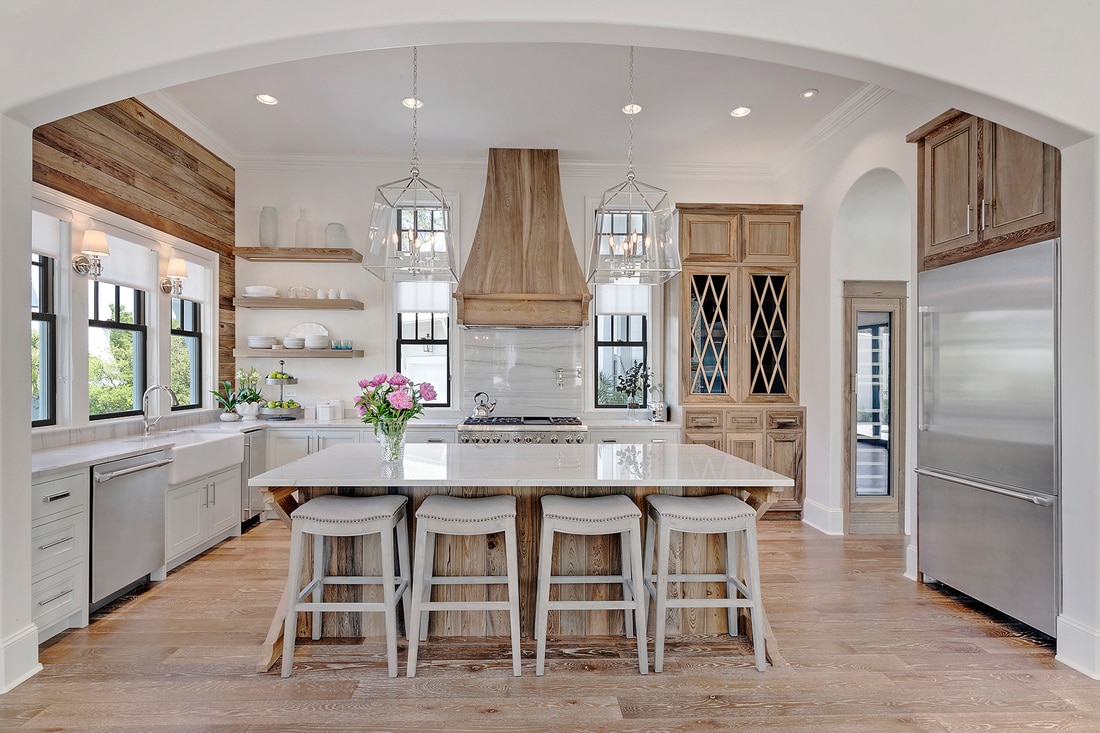
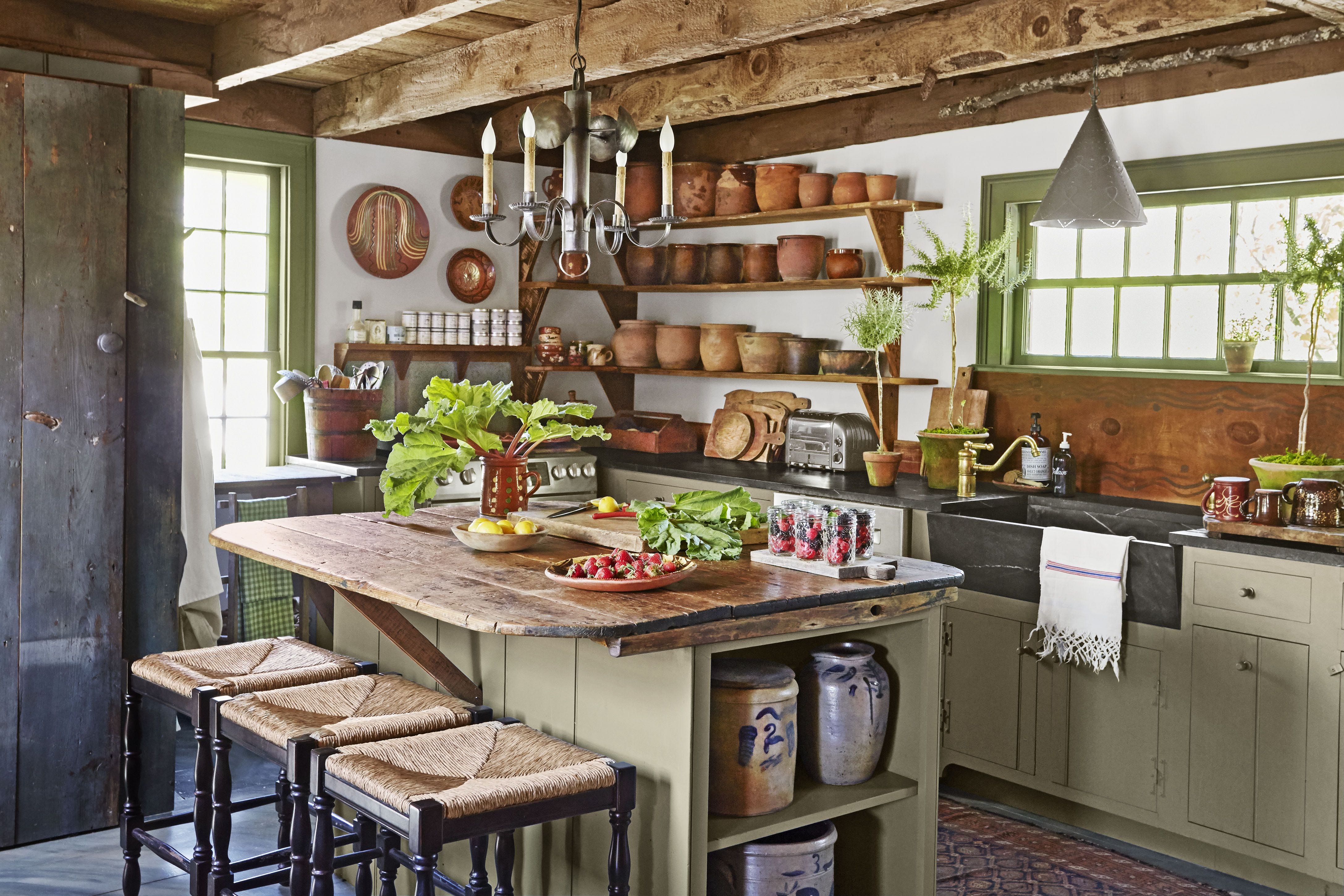
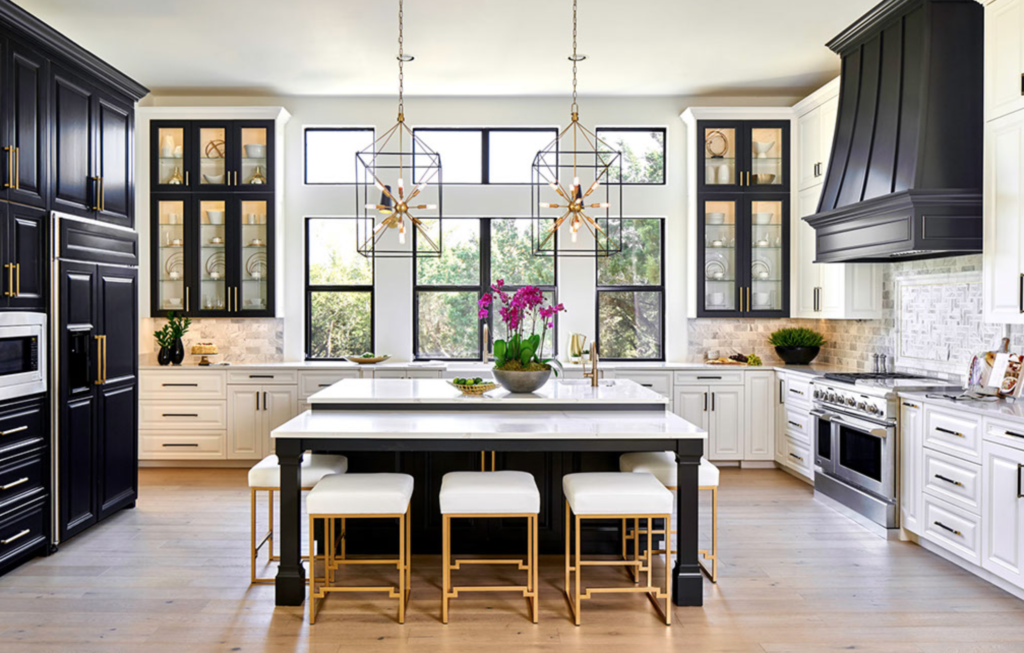
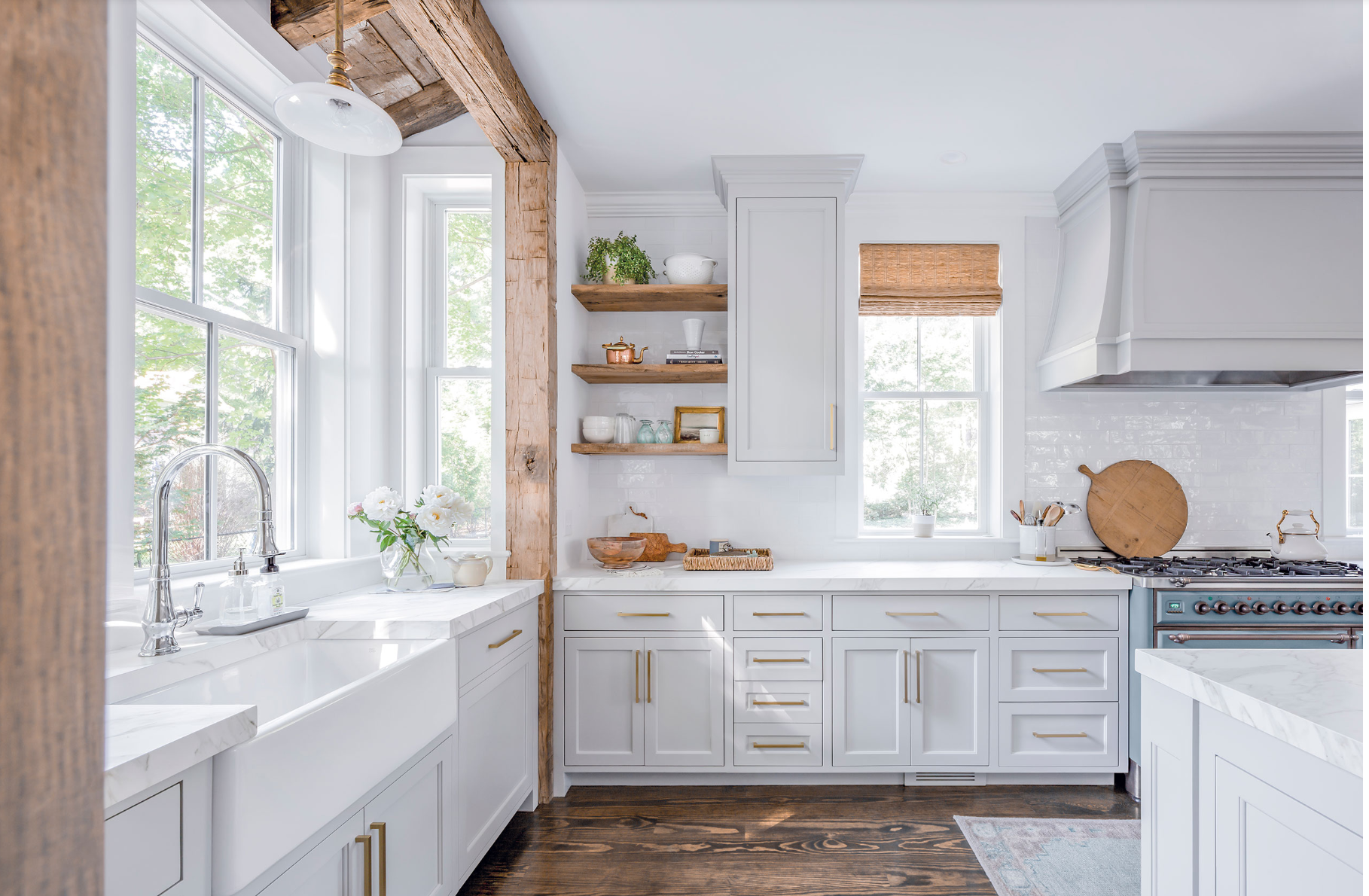
/modern-farmhouse-kitchen-ideas-4147983-hero-6e296df23de941f58ad4e874fefbc2a3.jpg)


